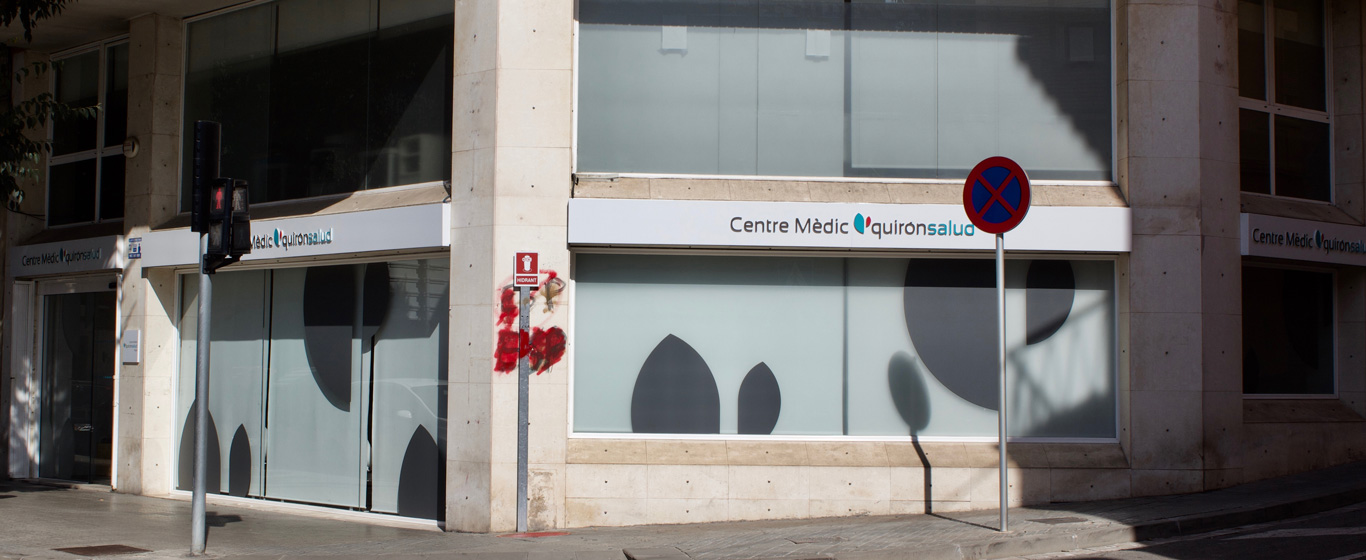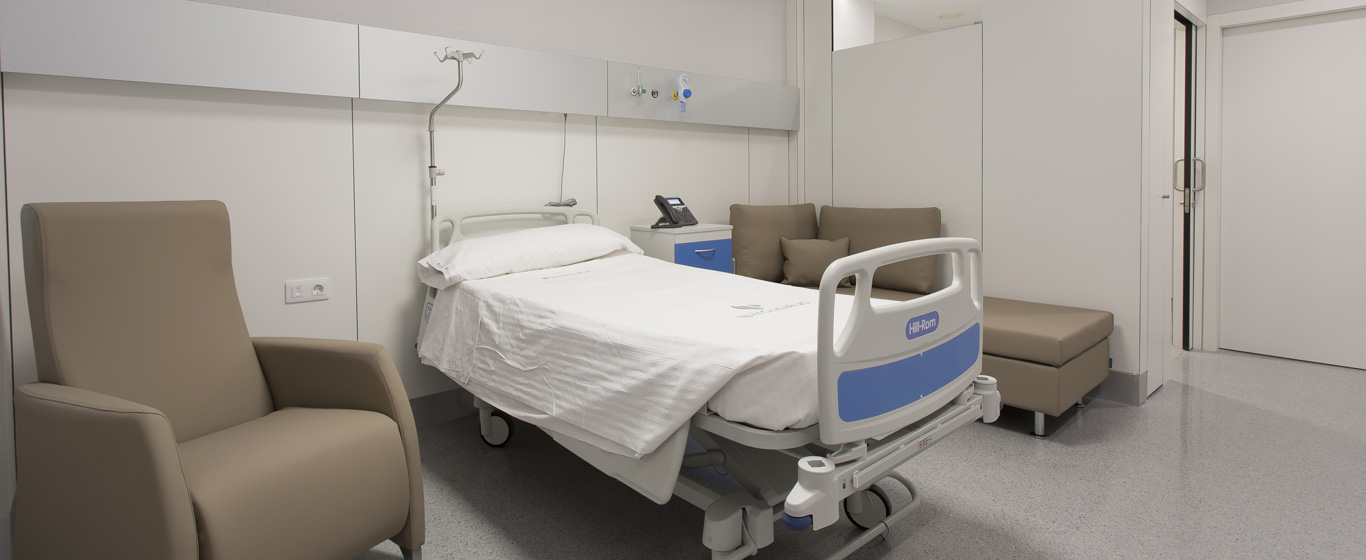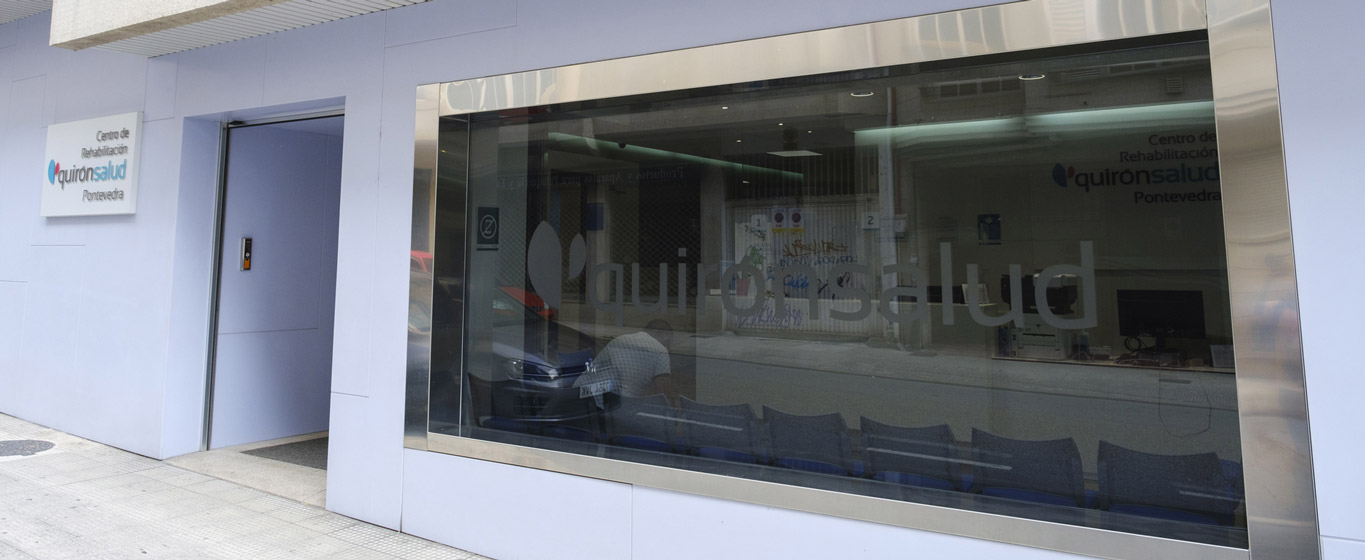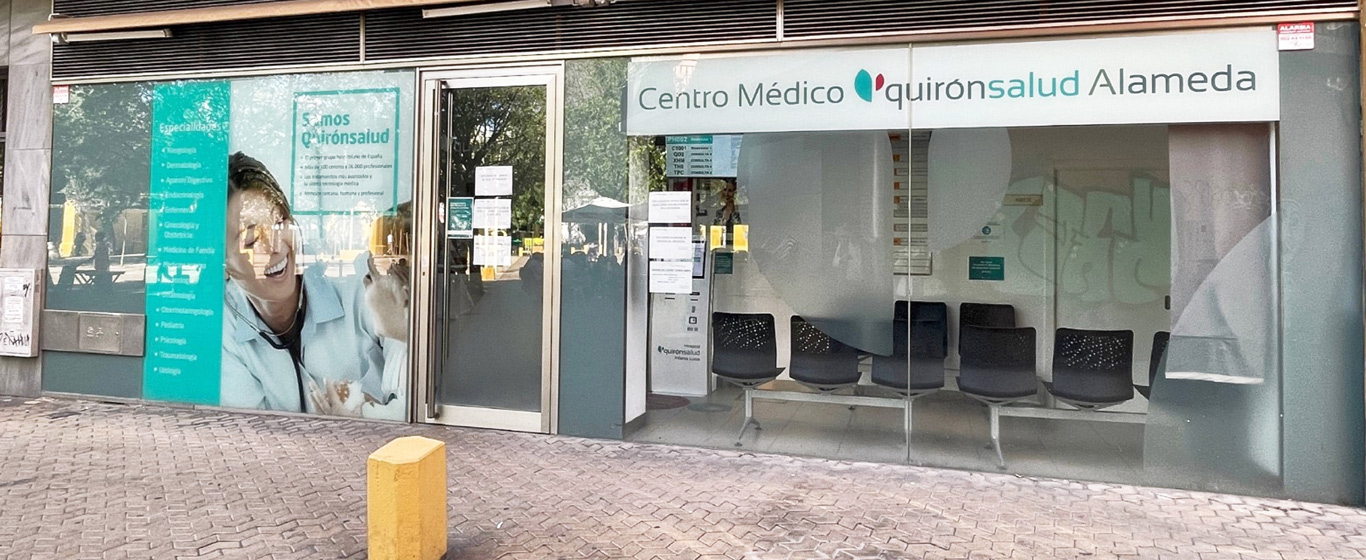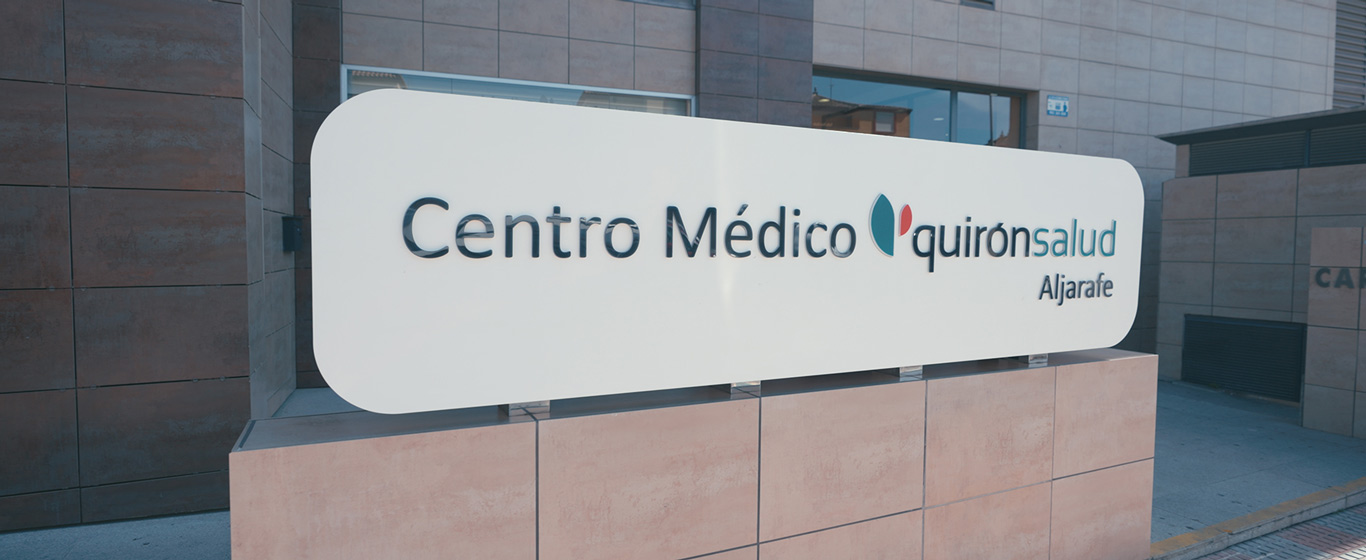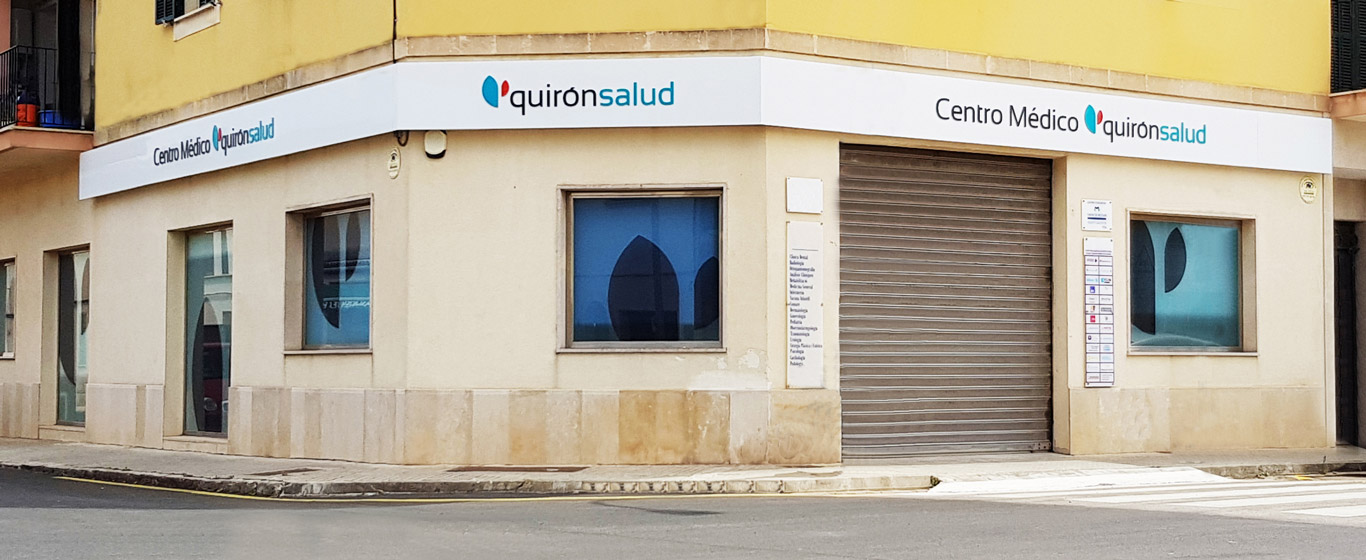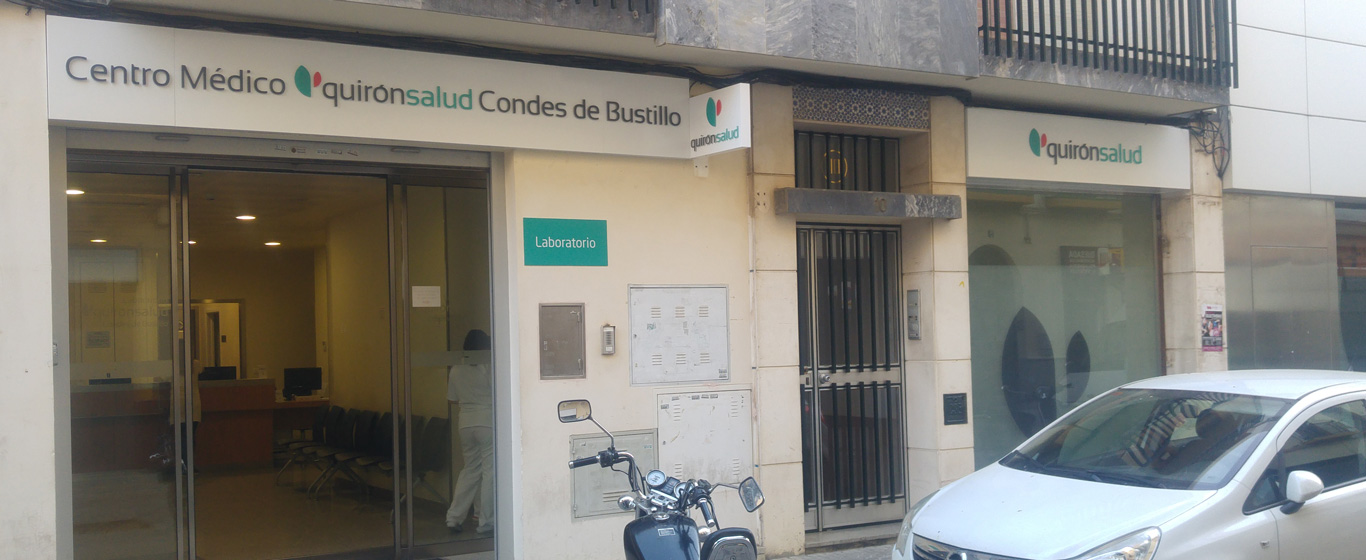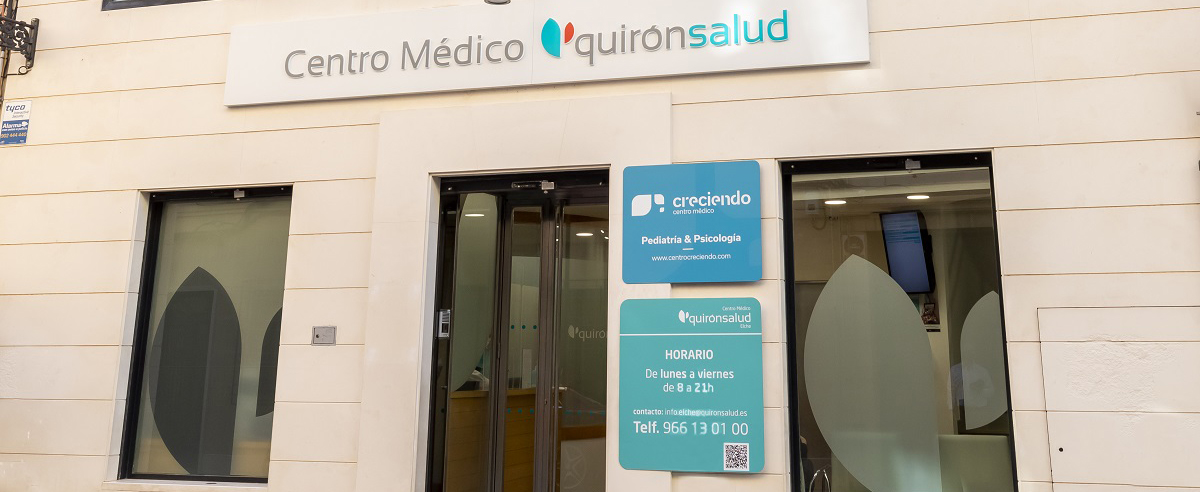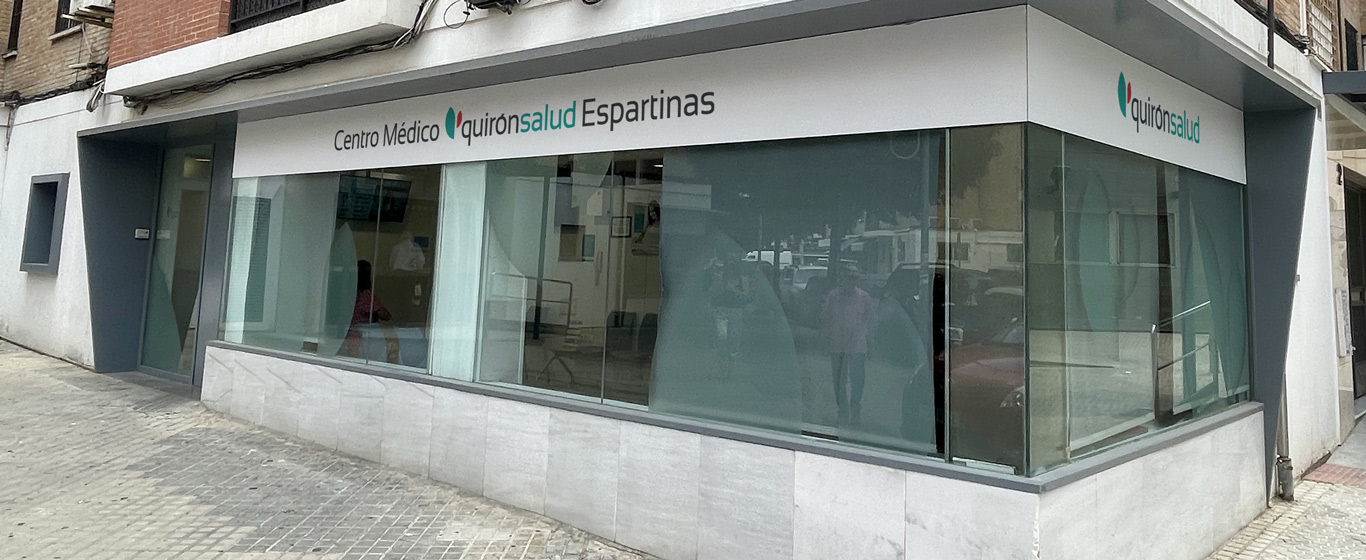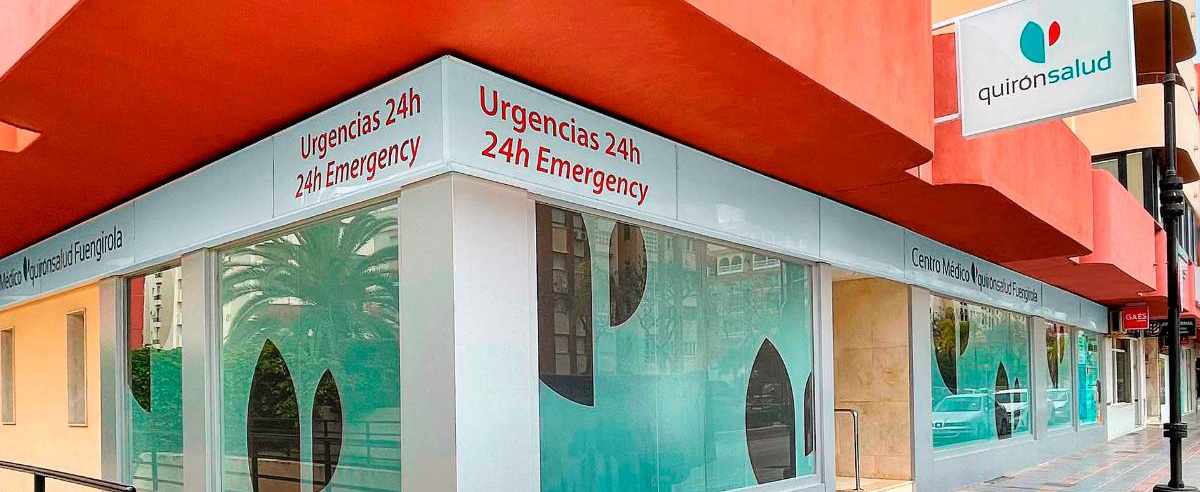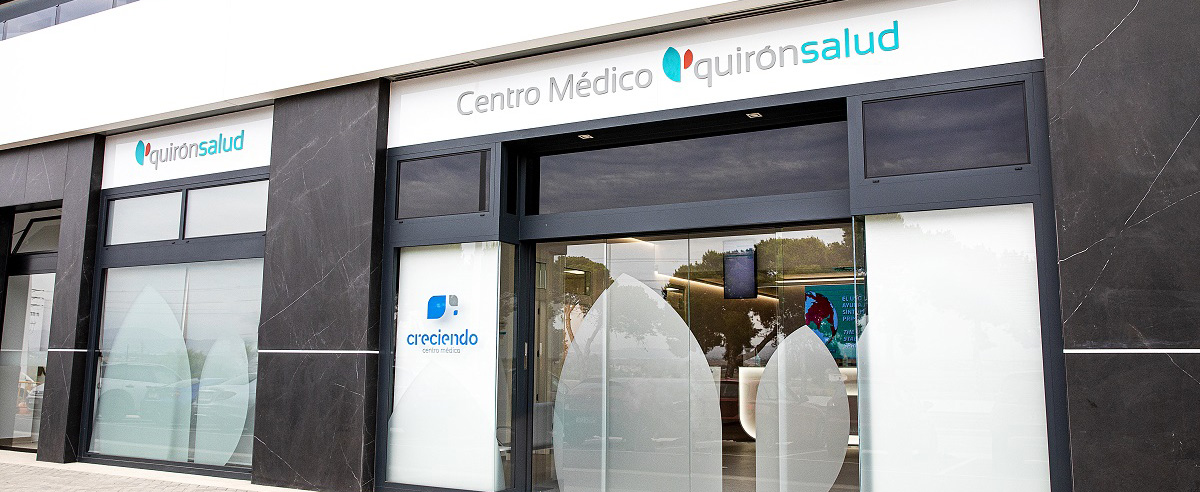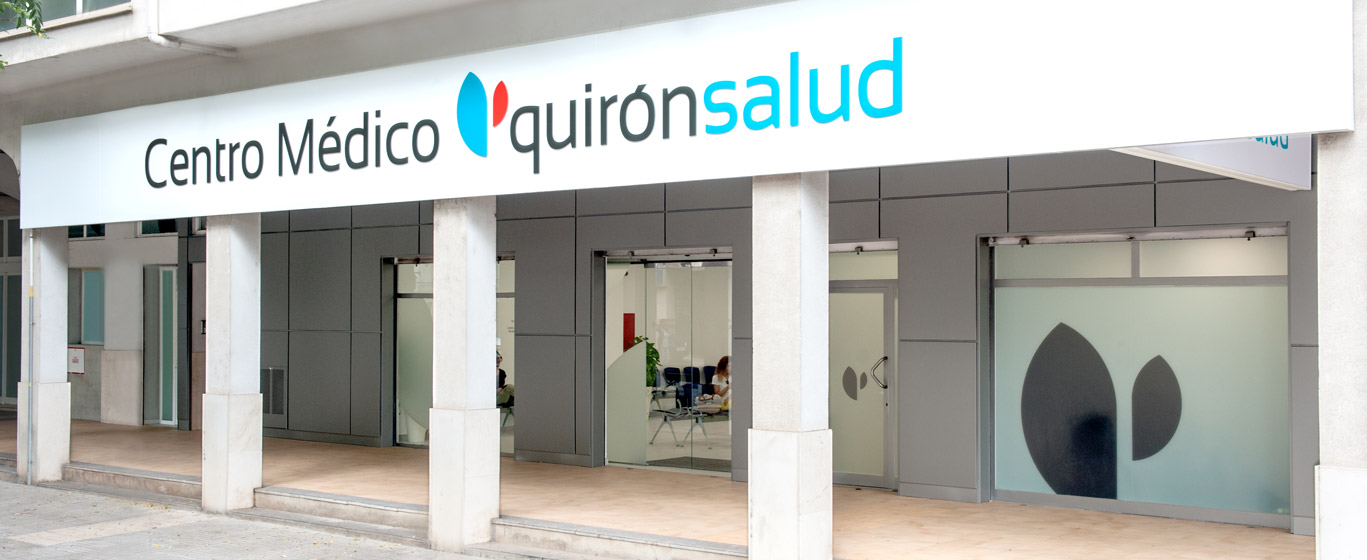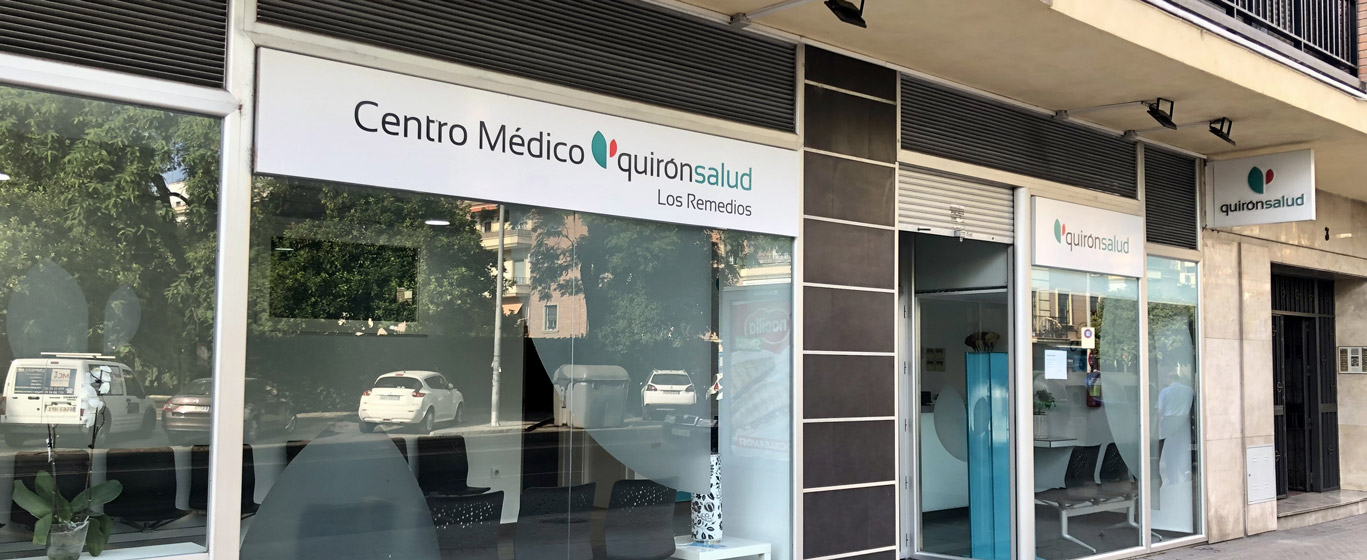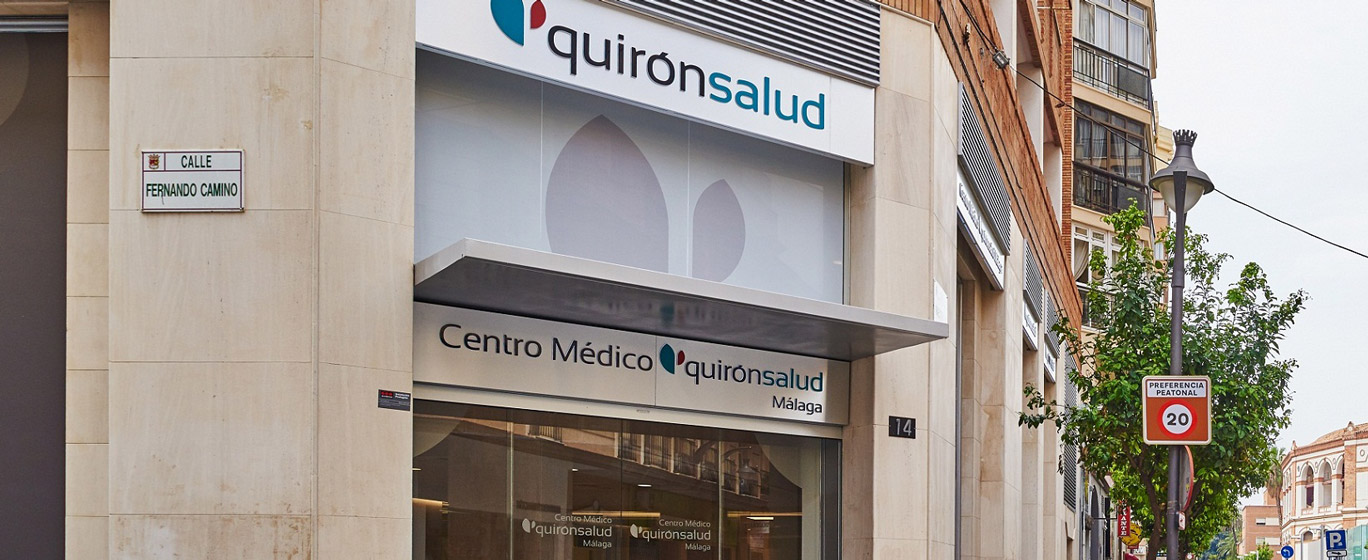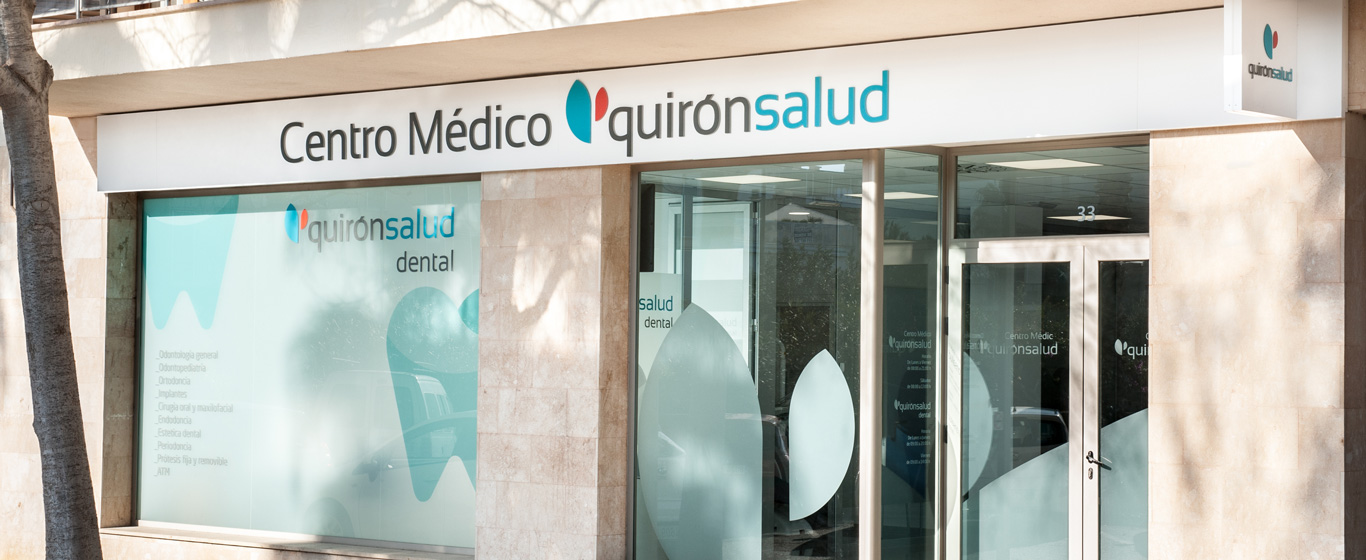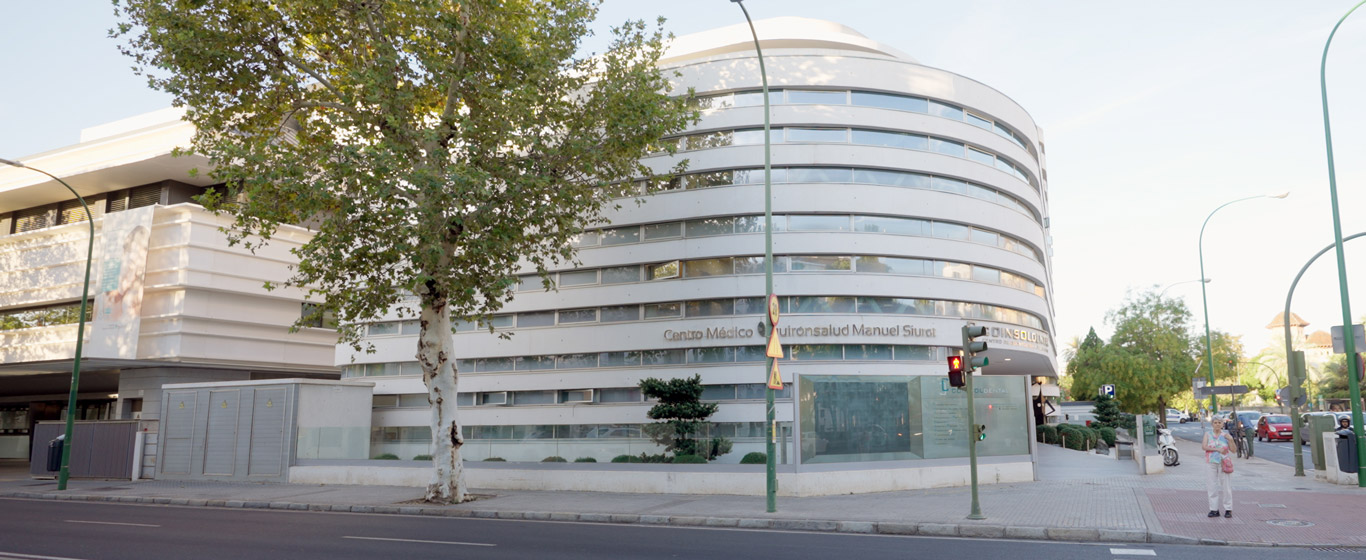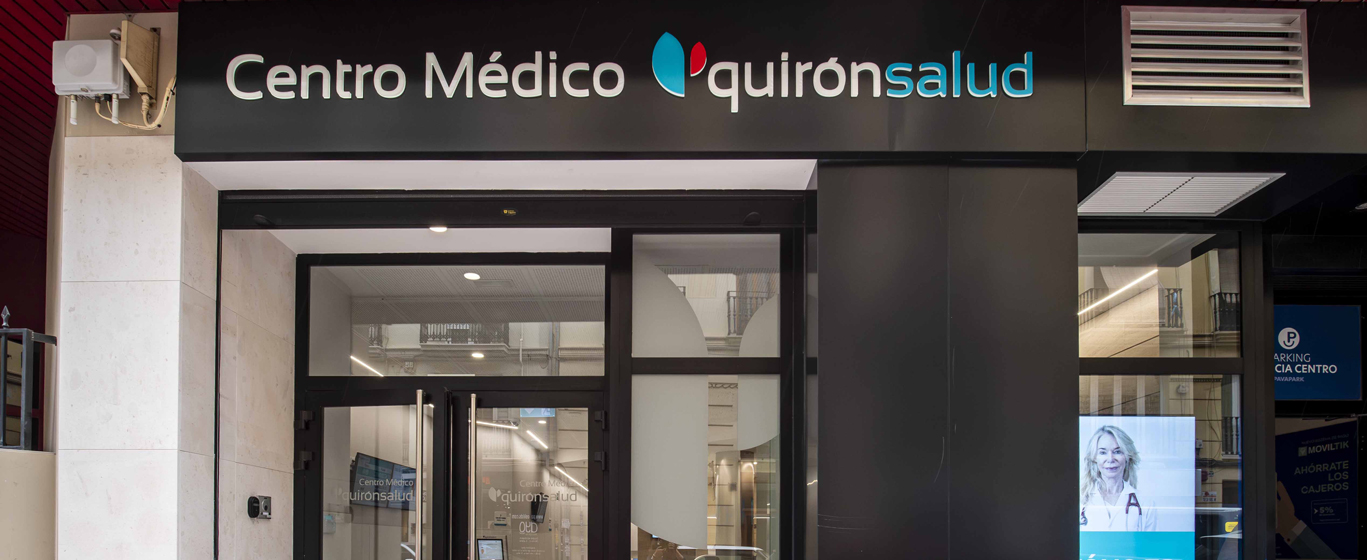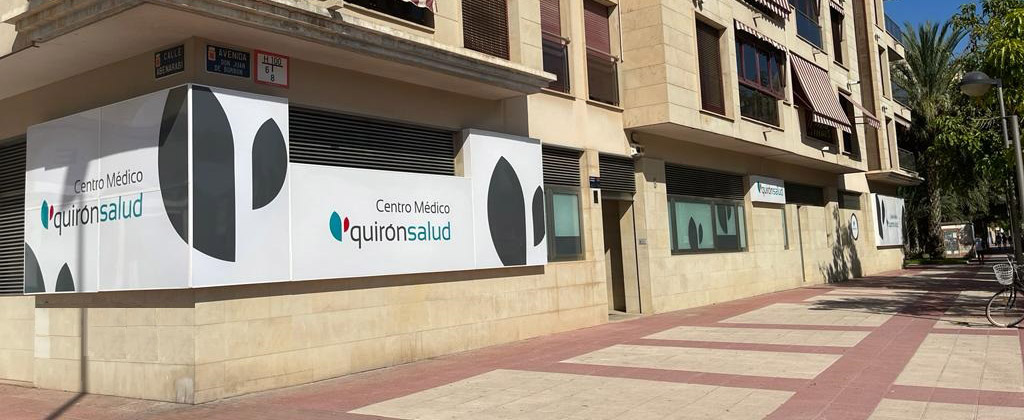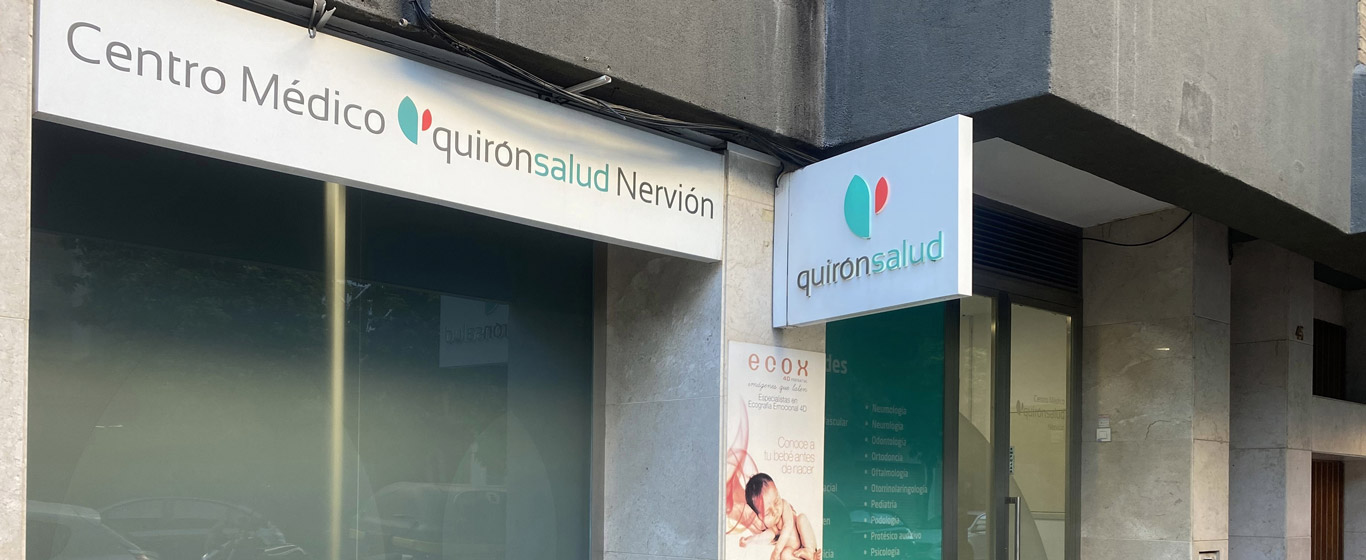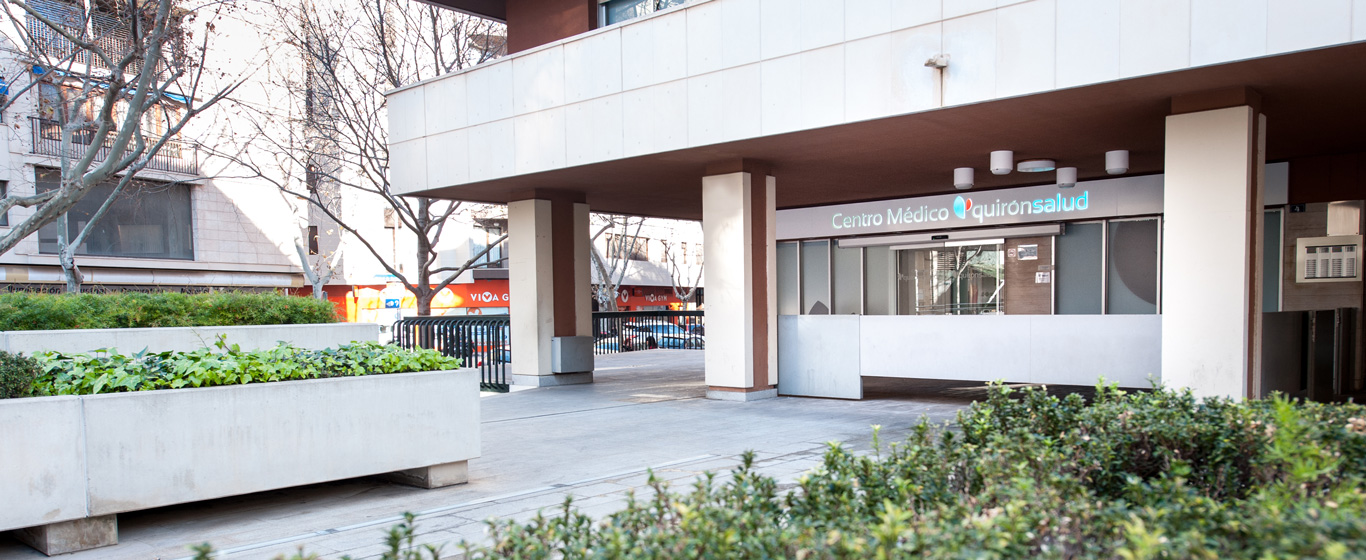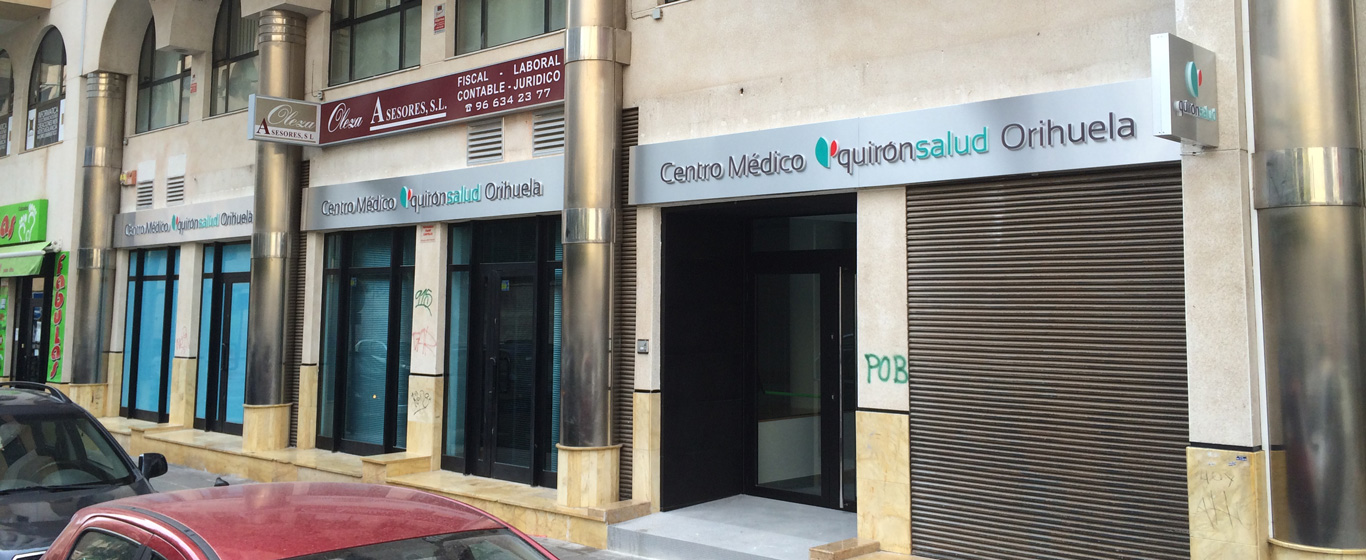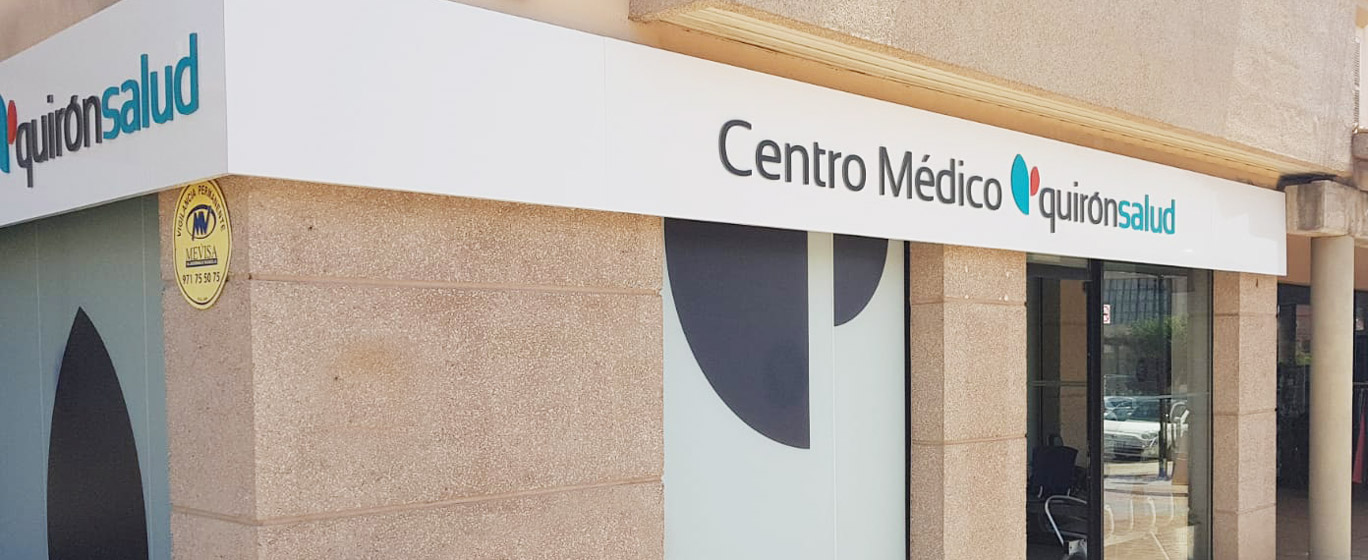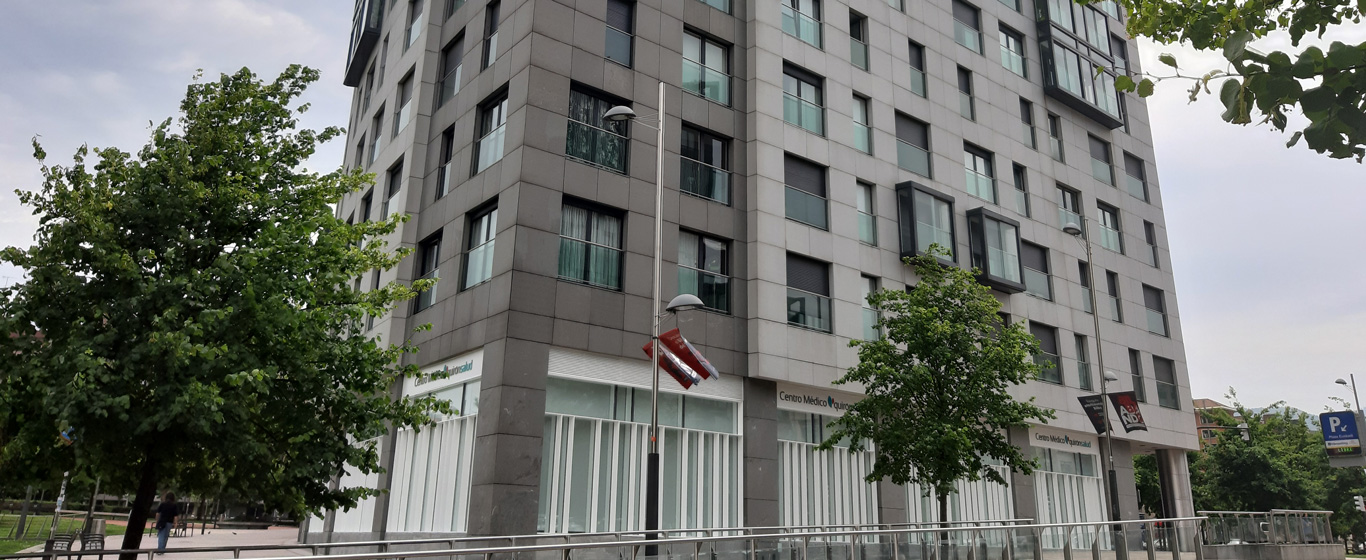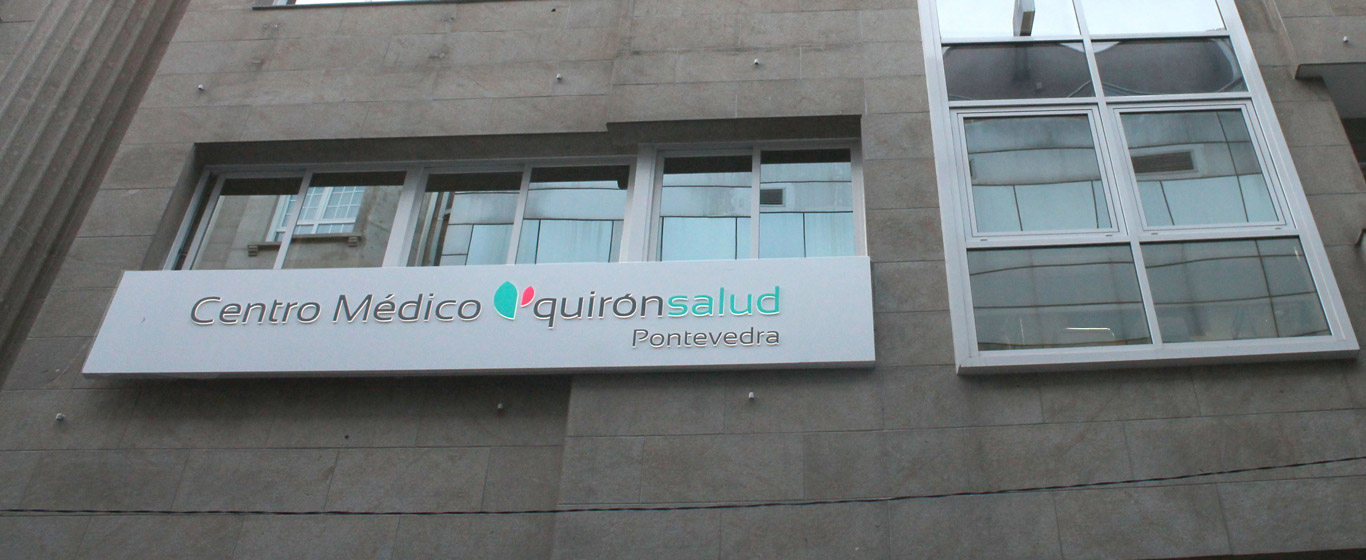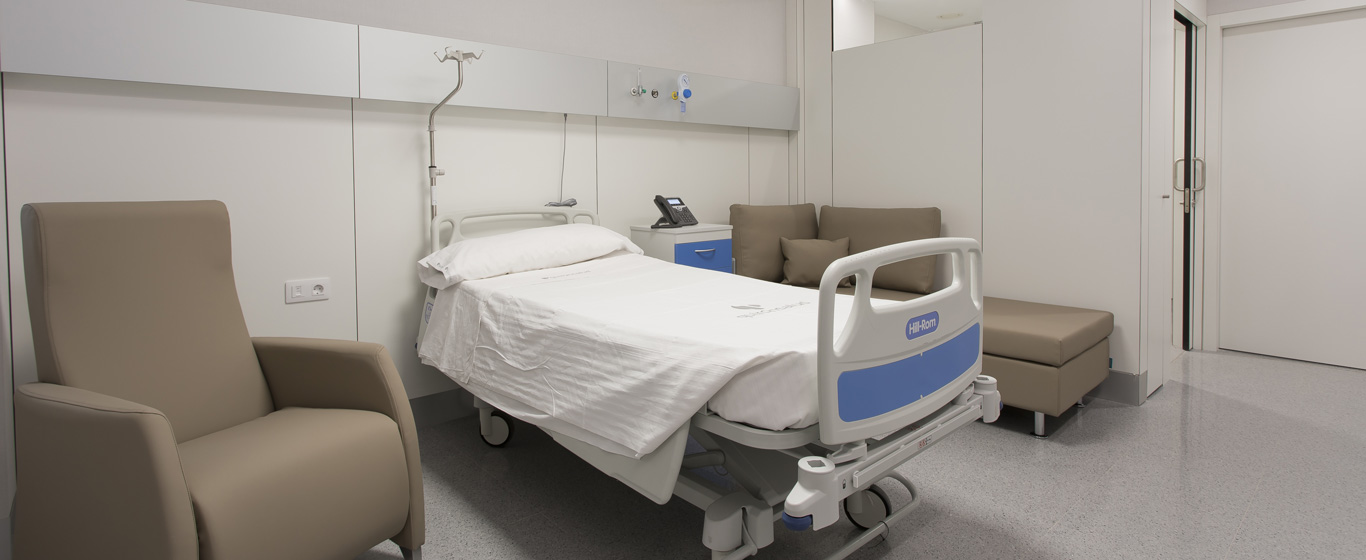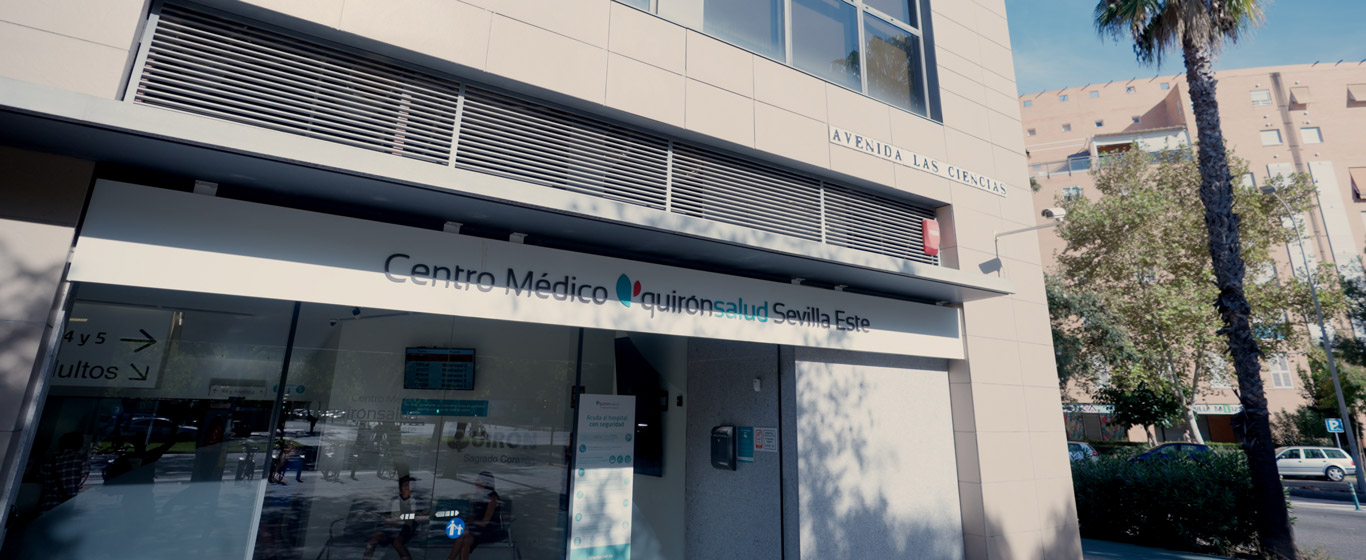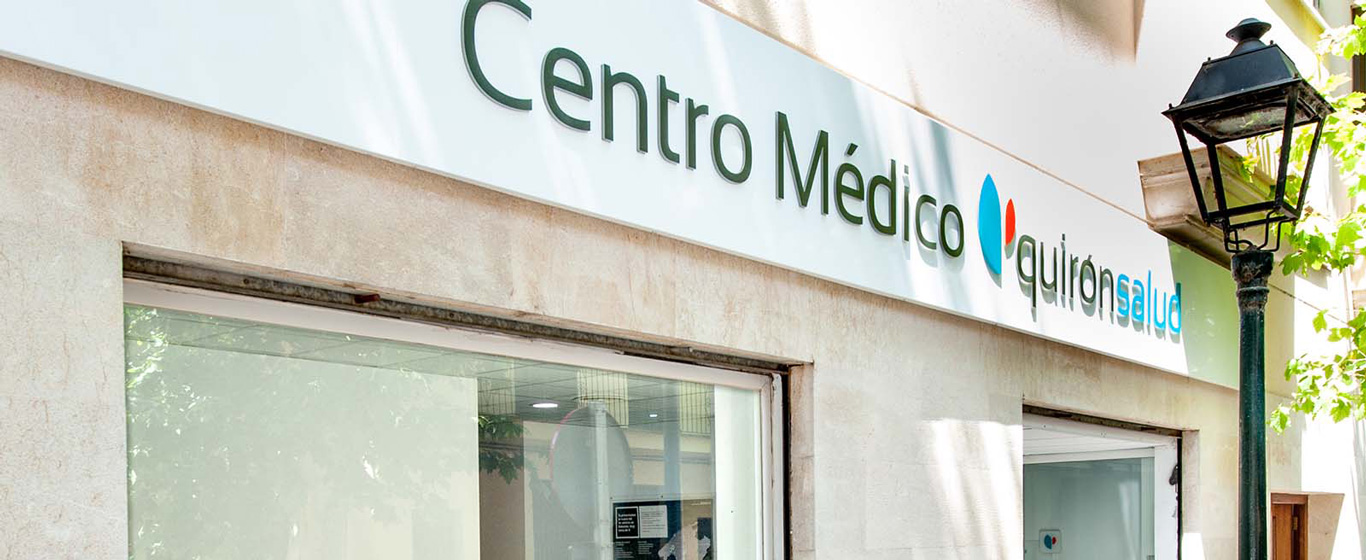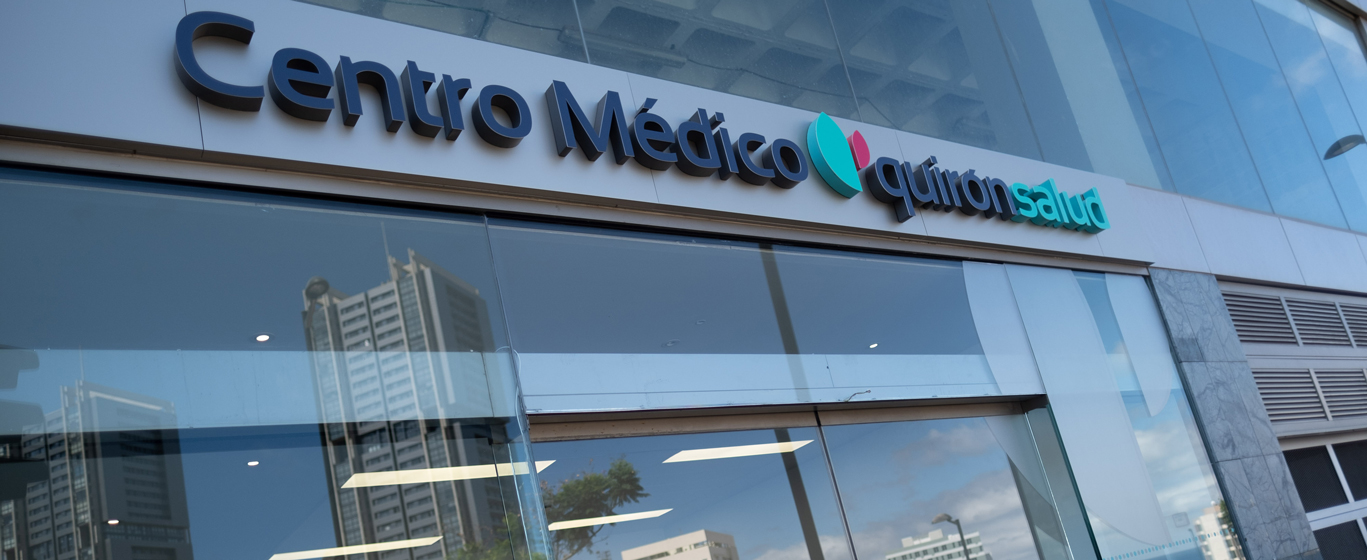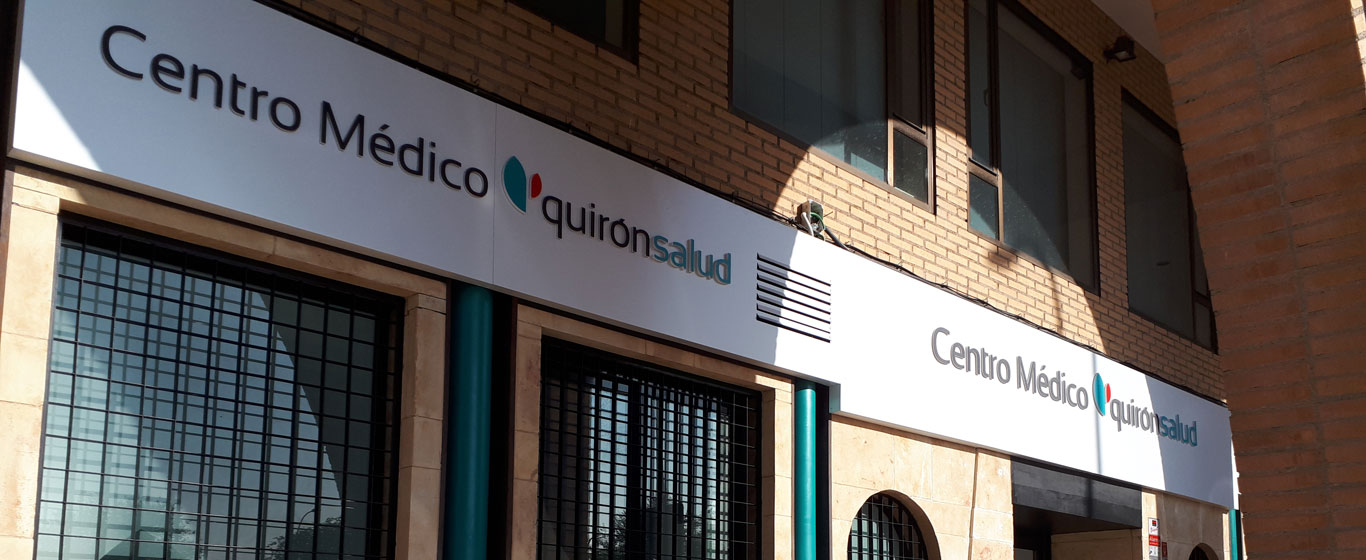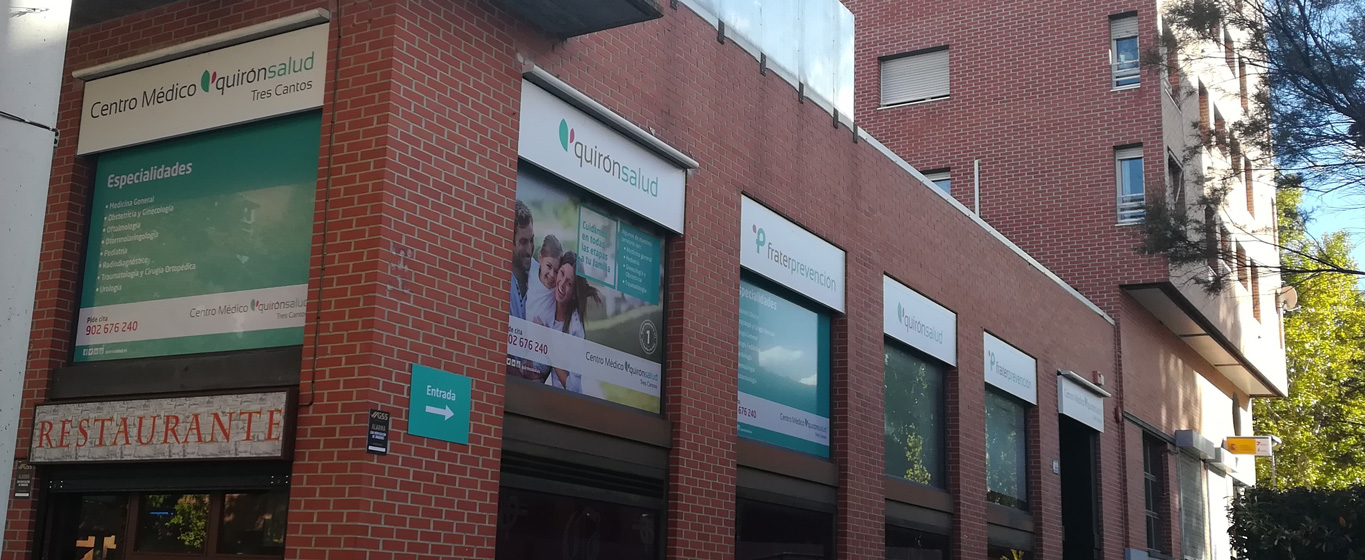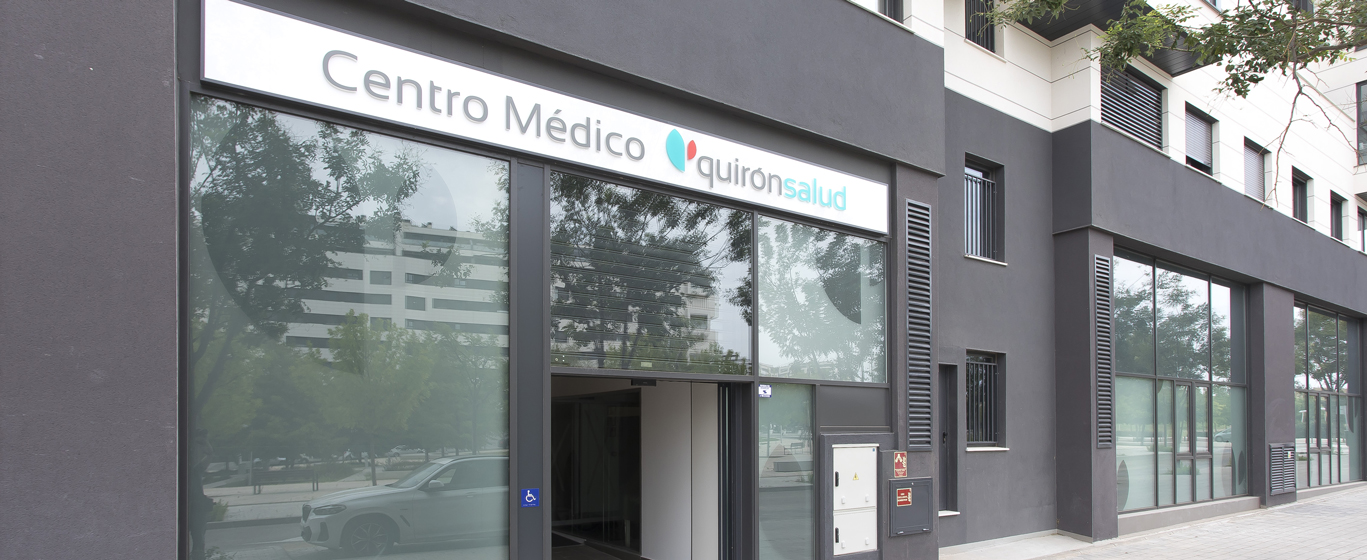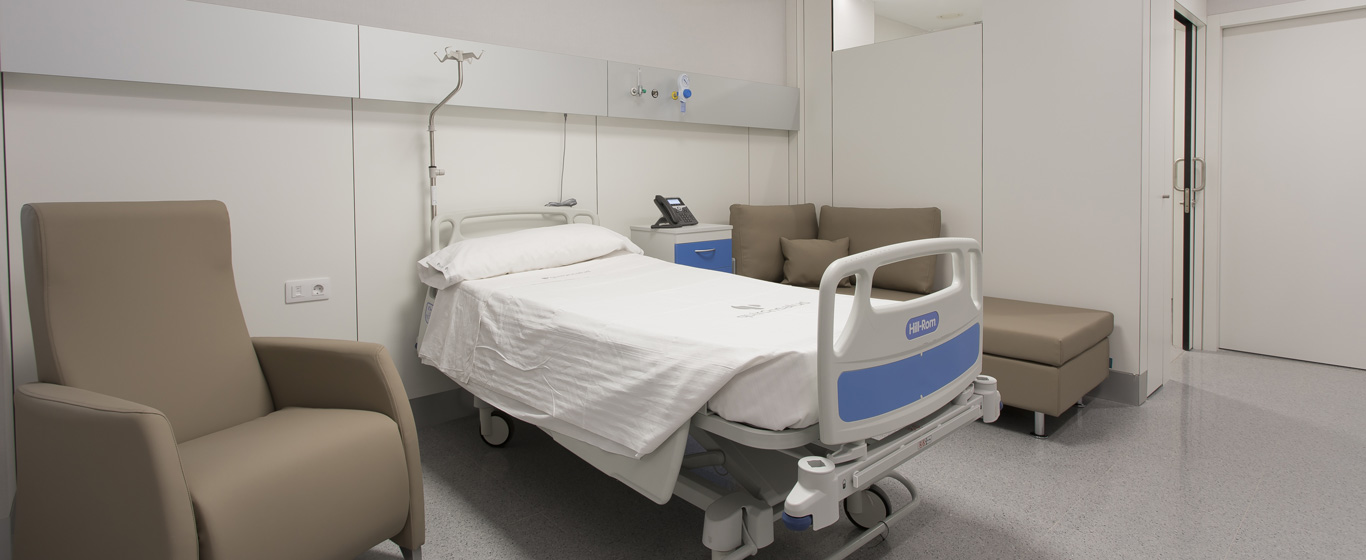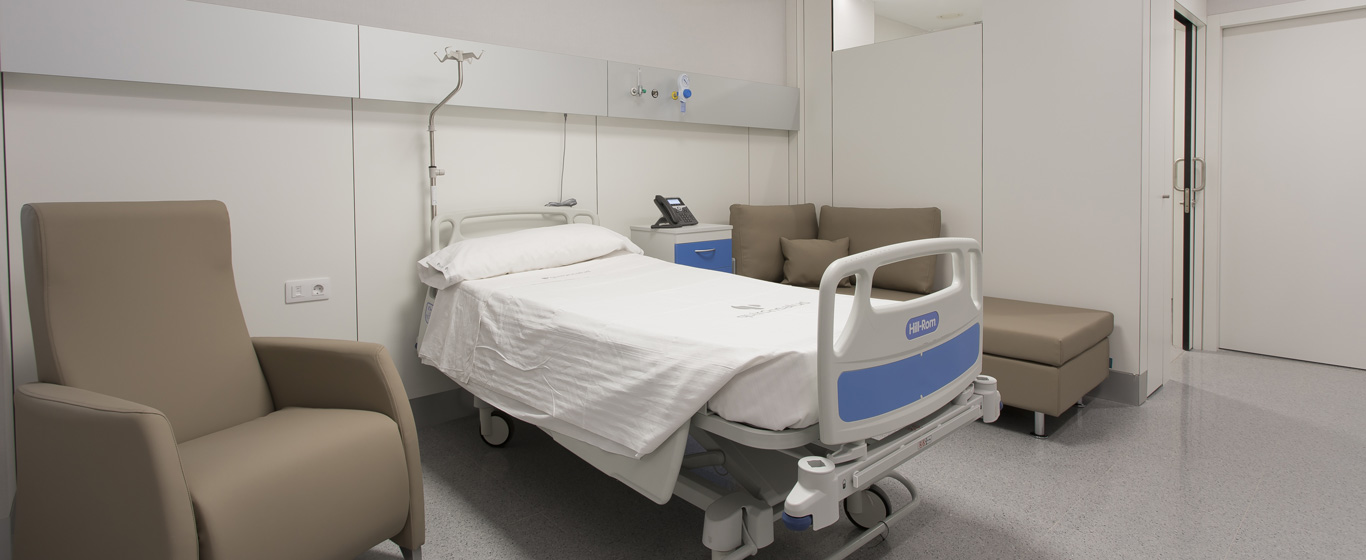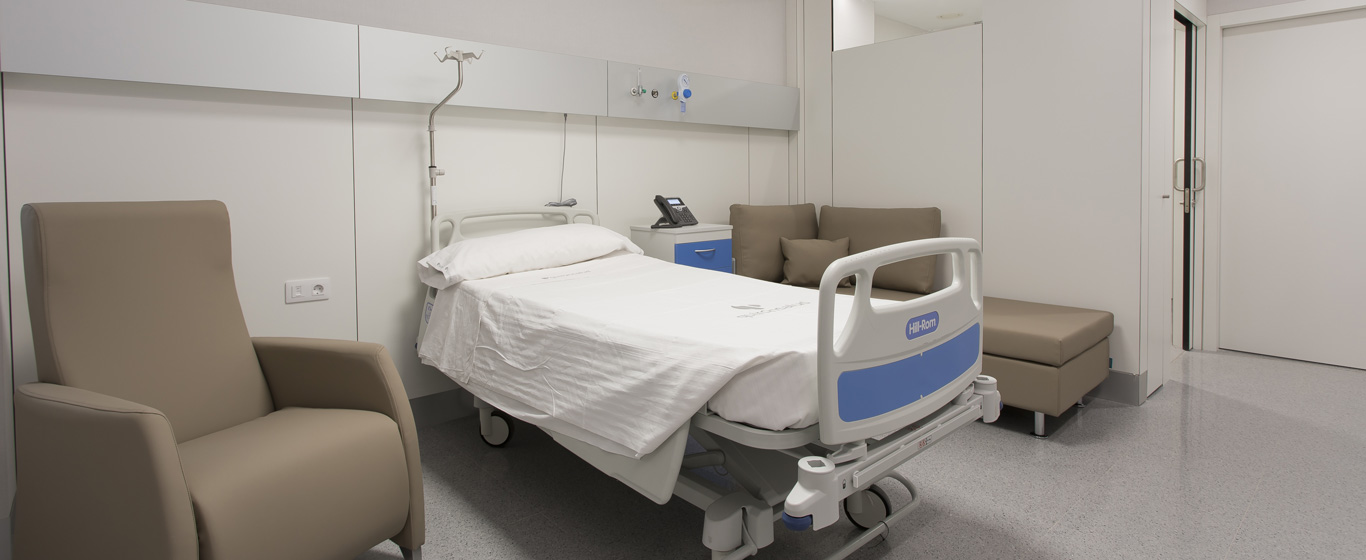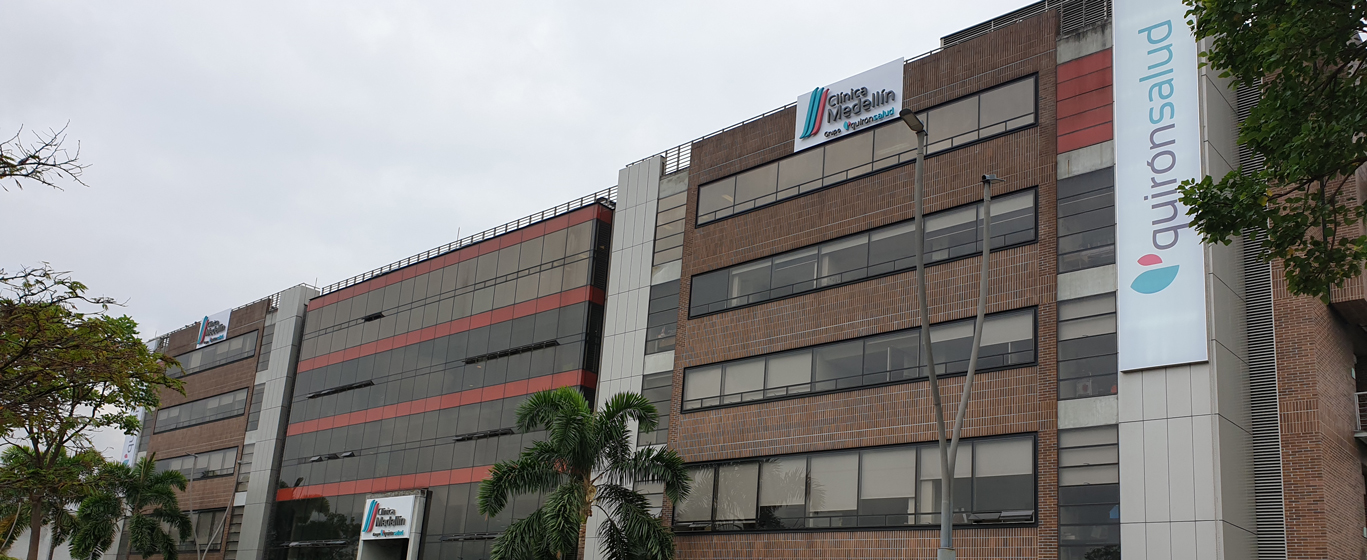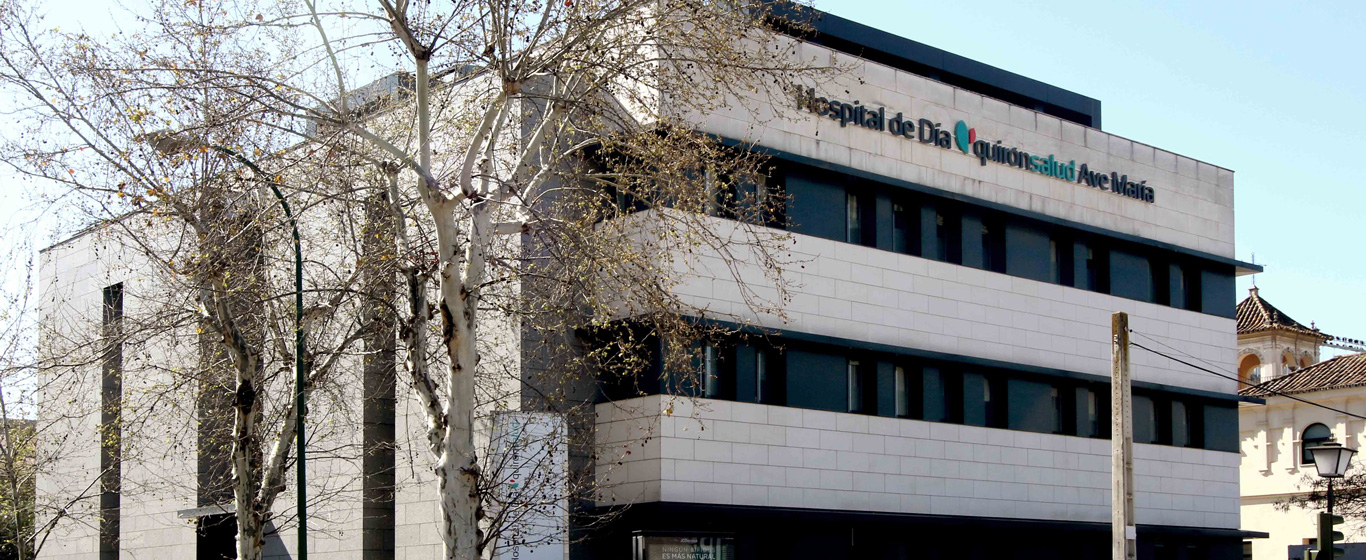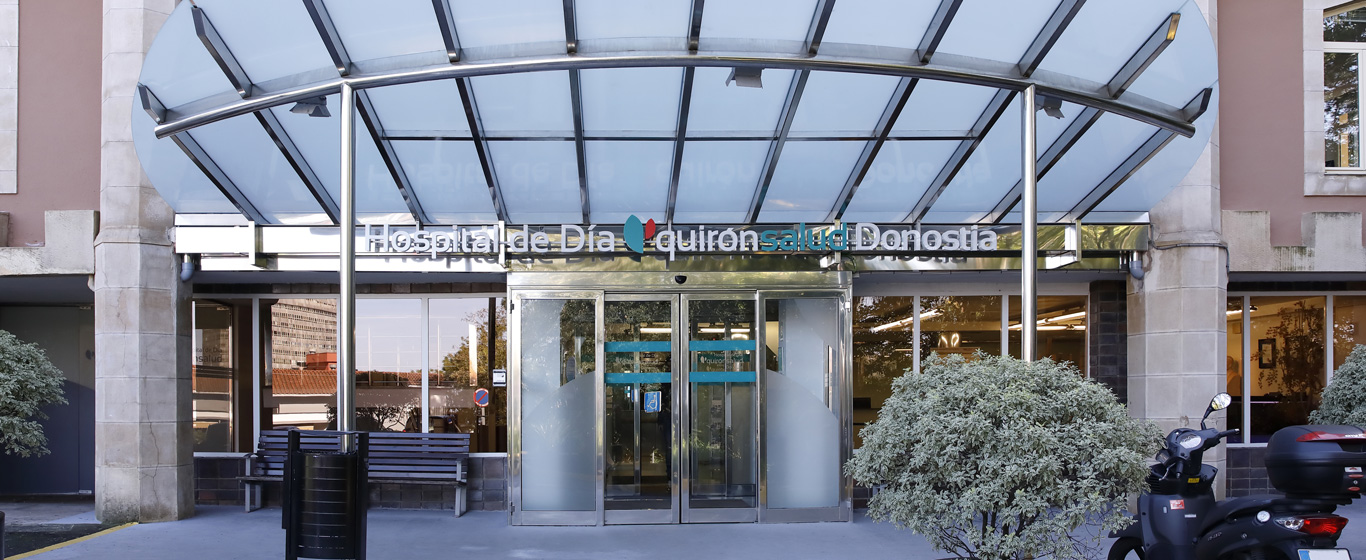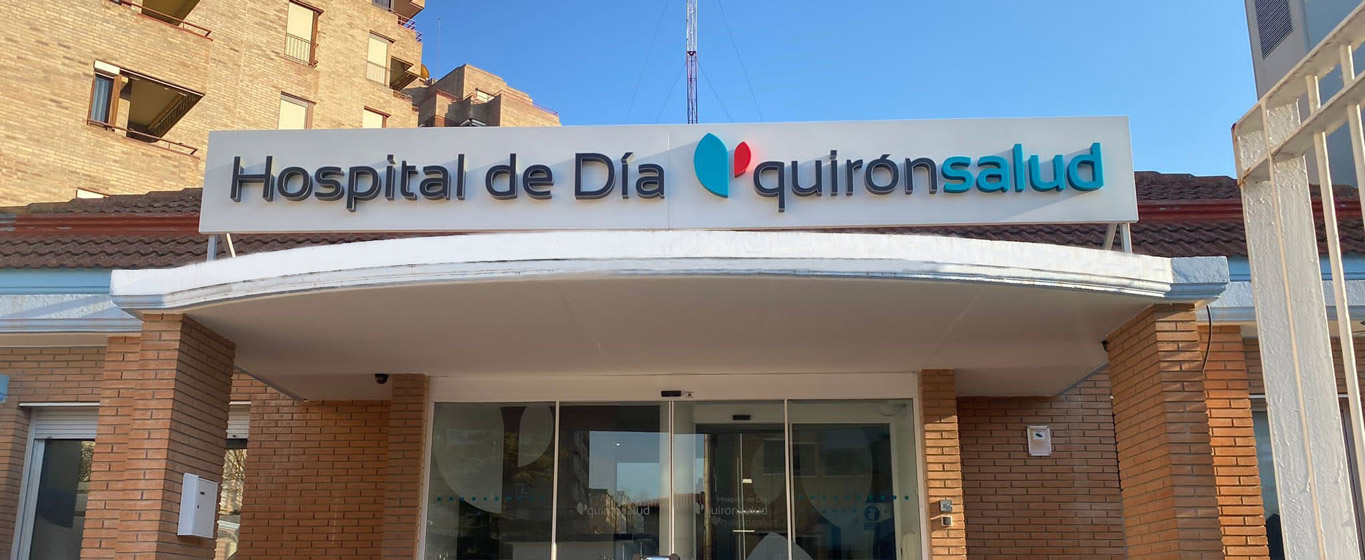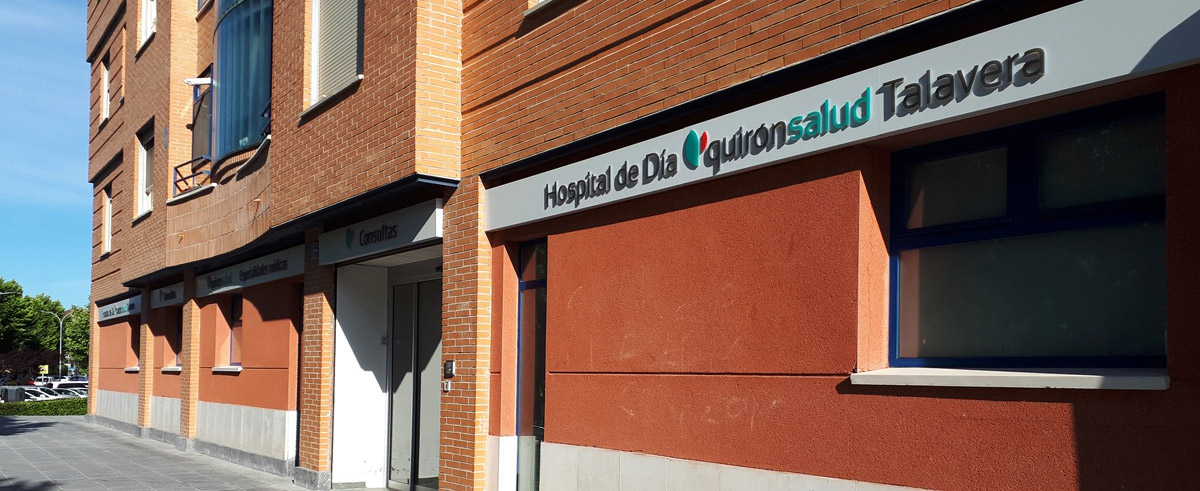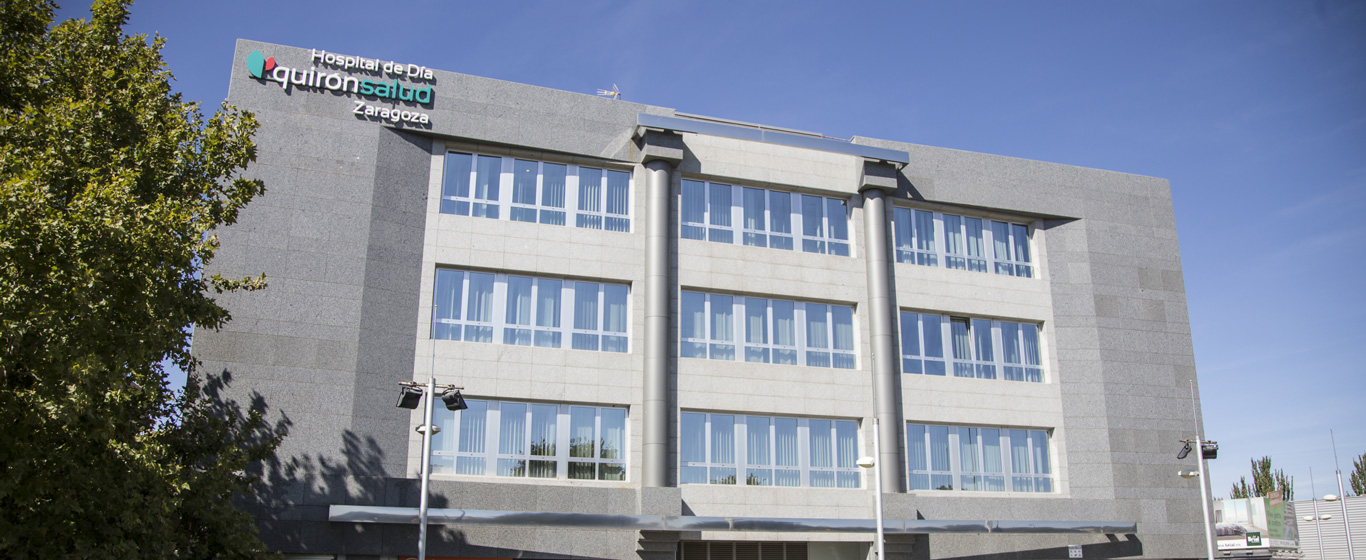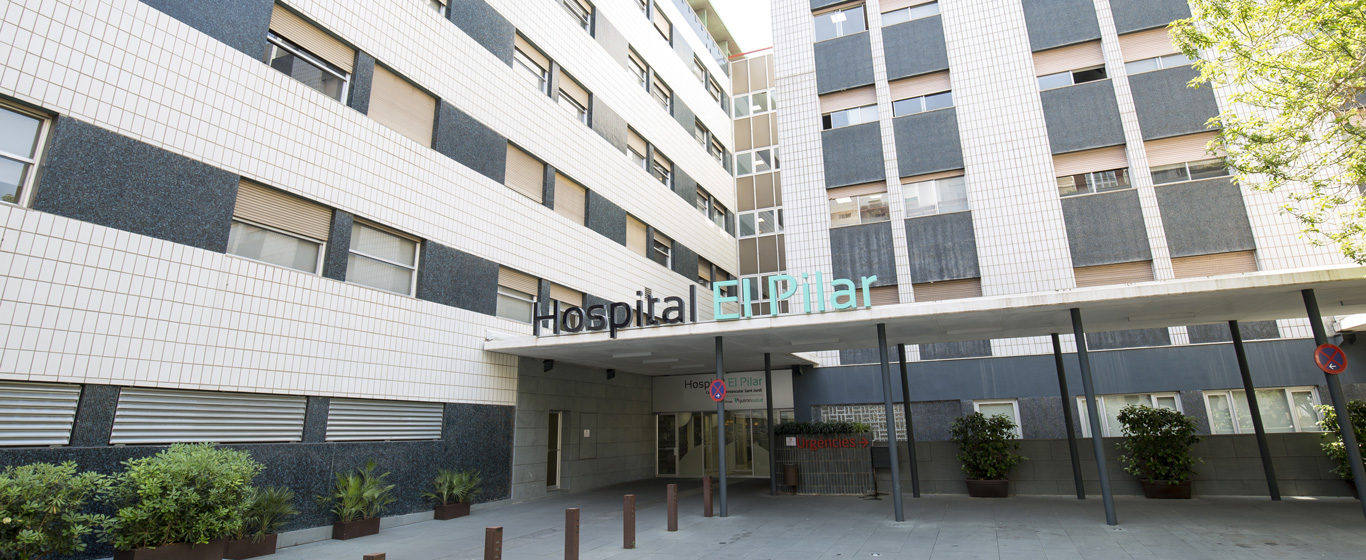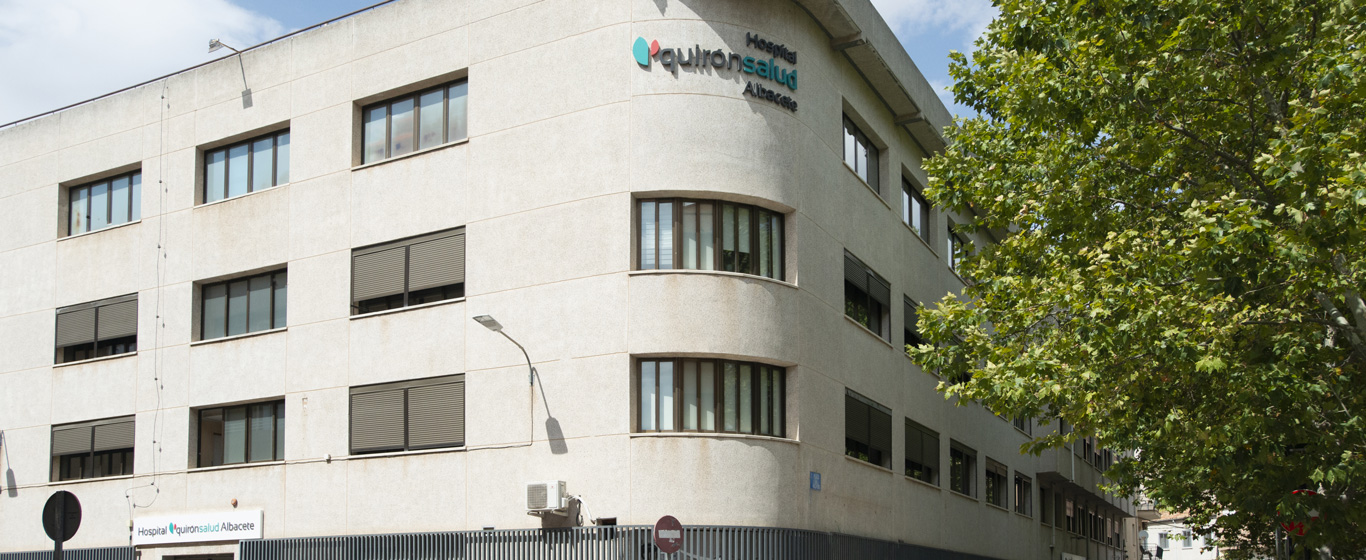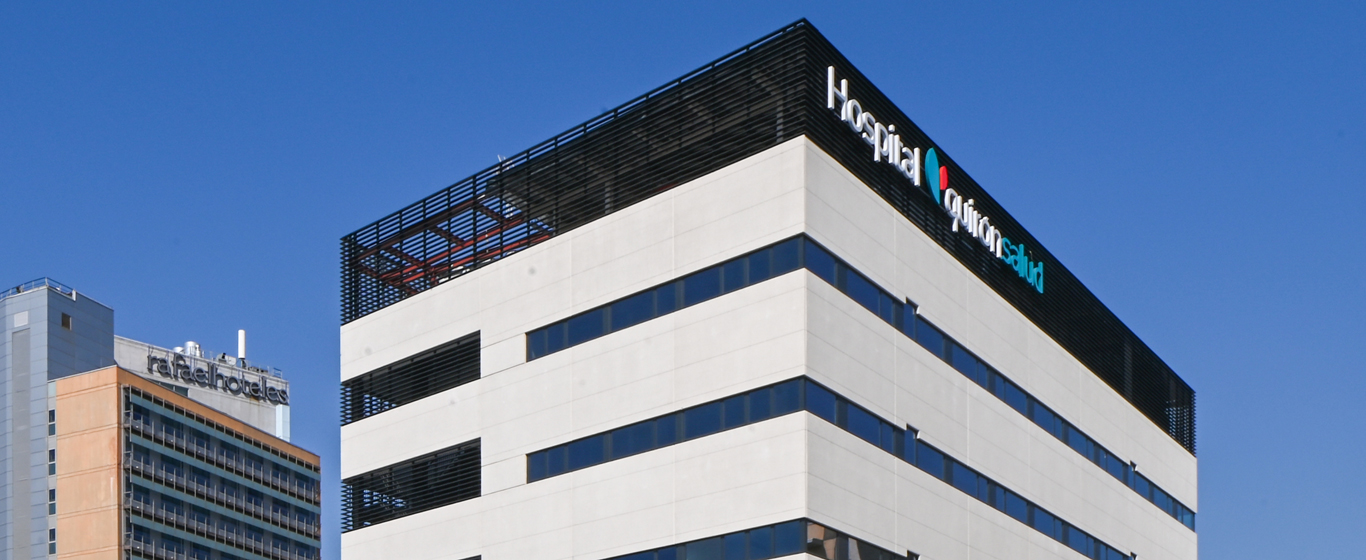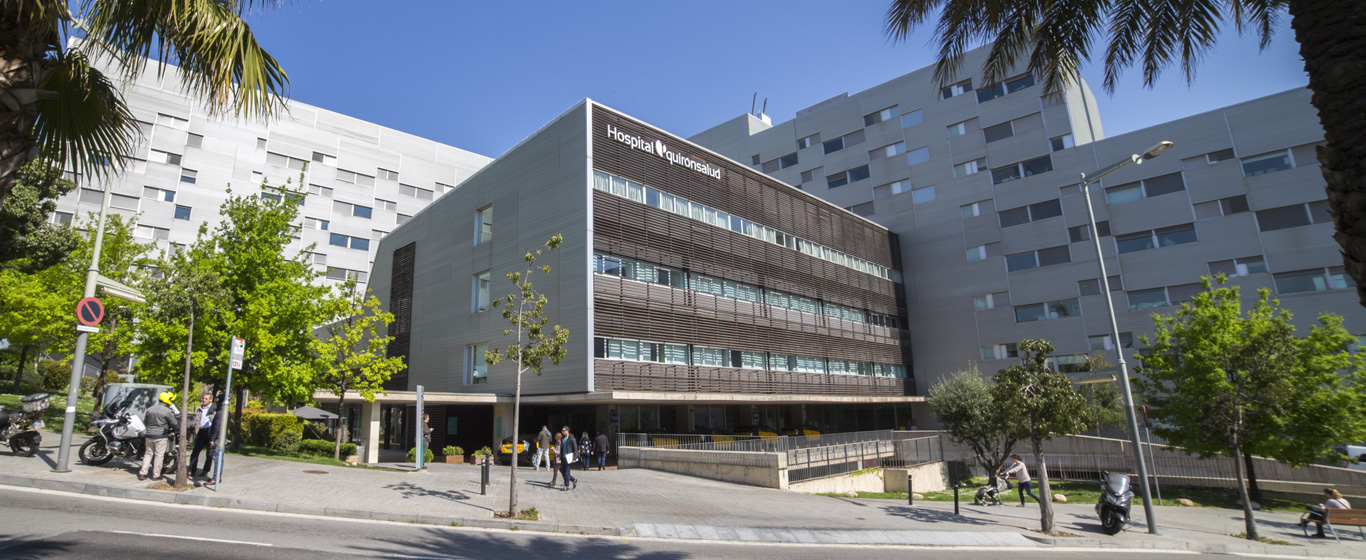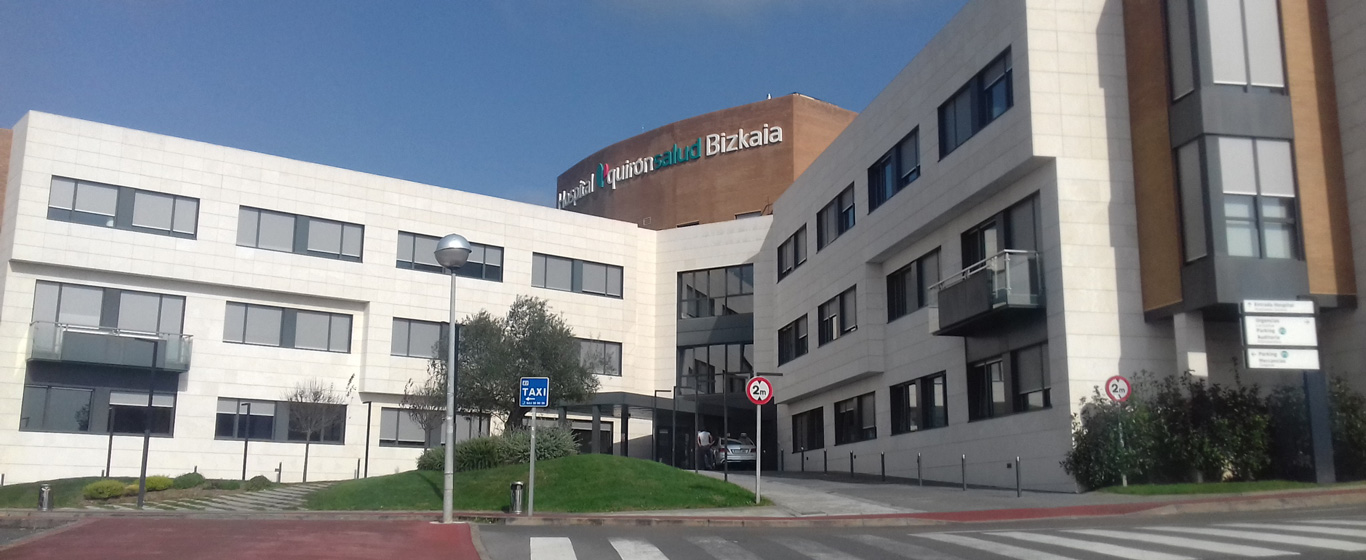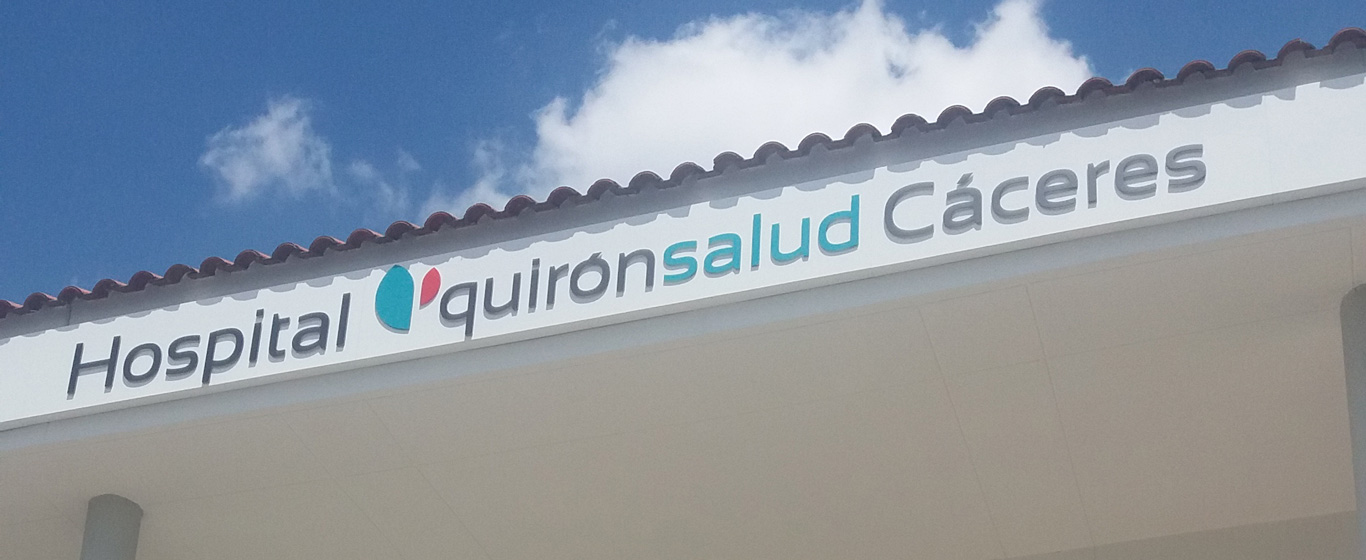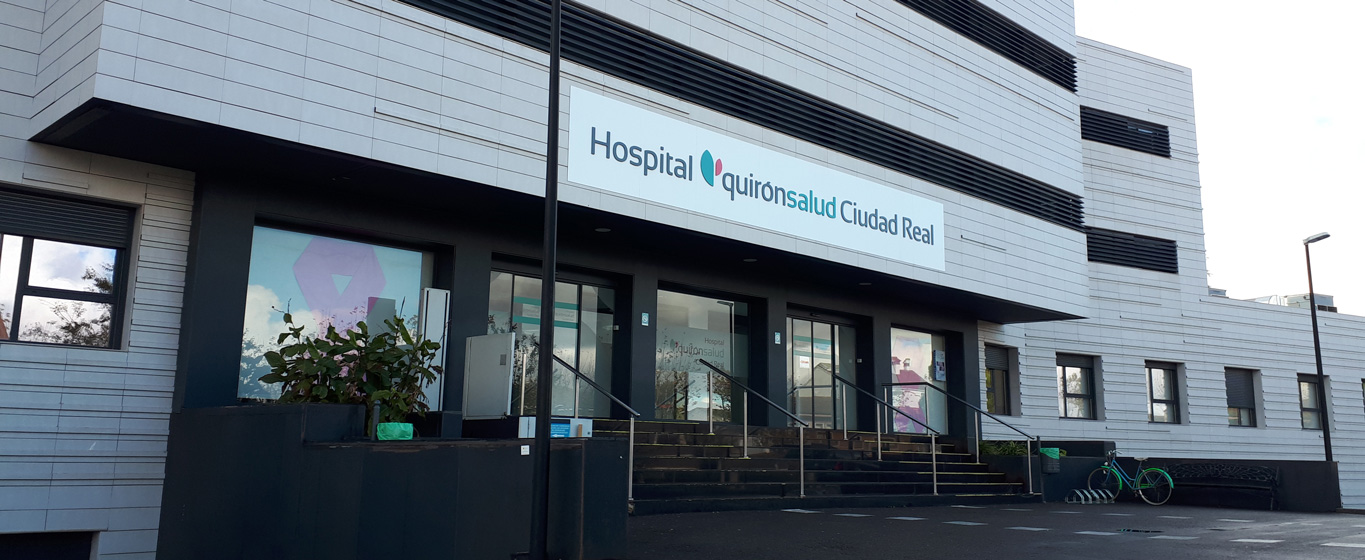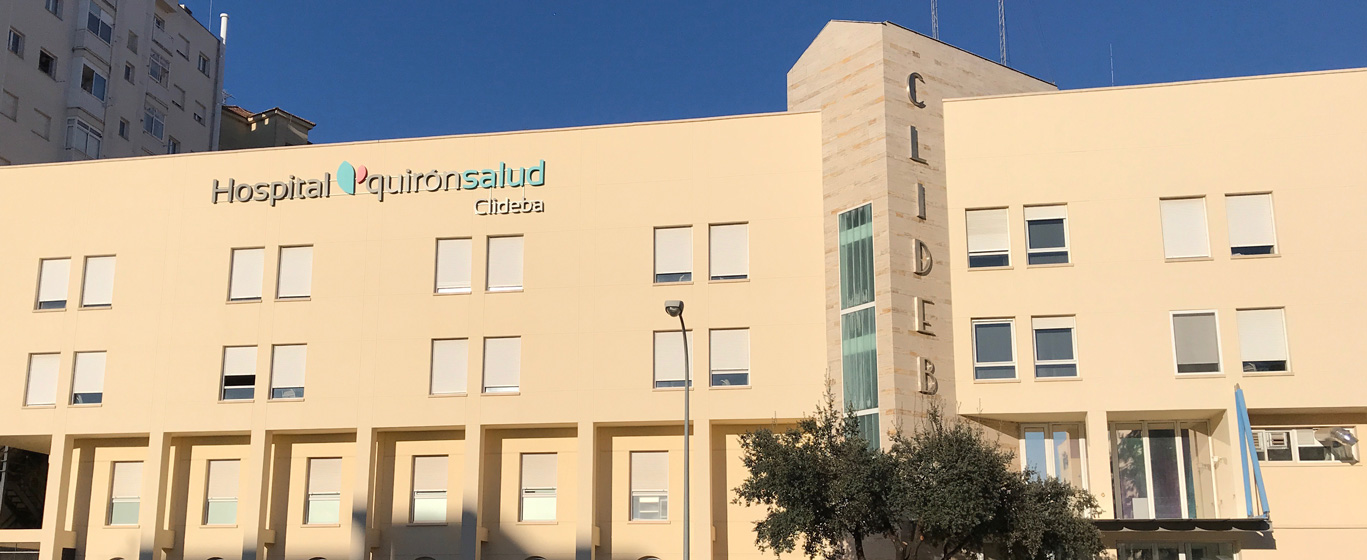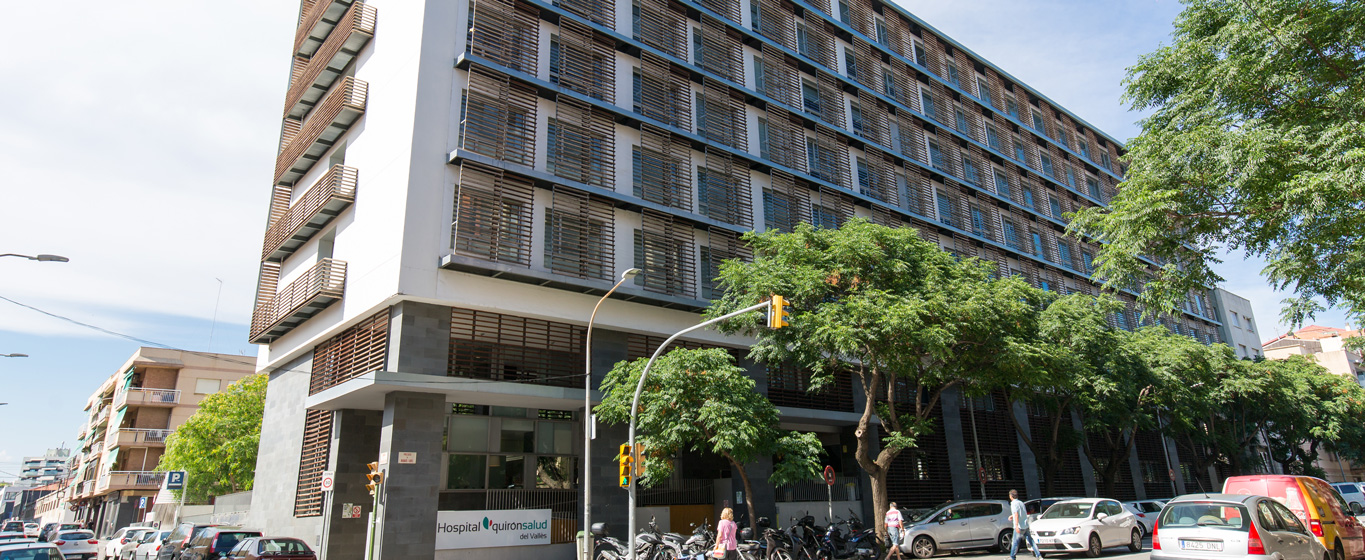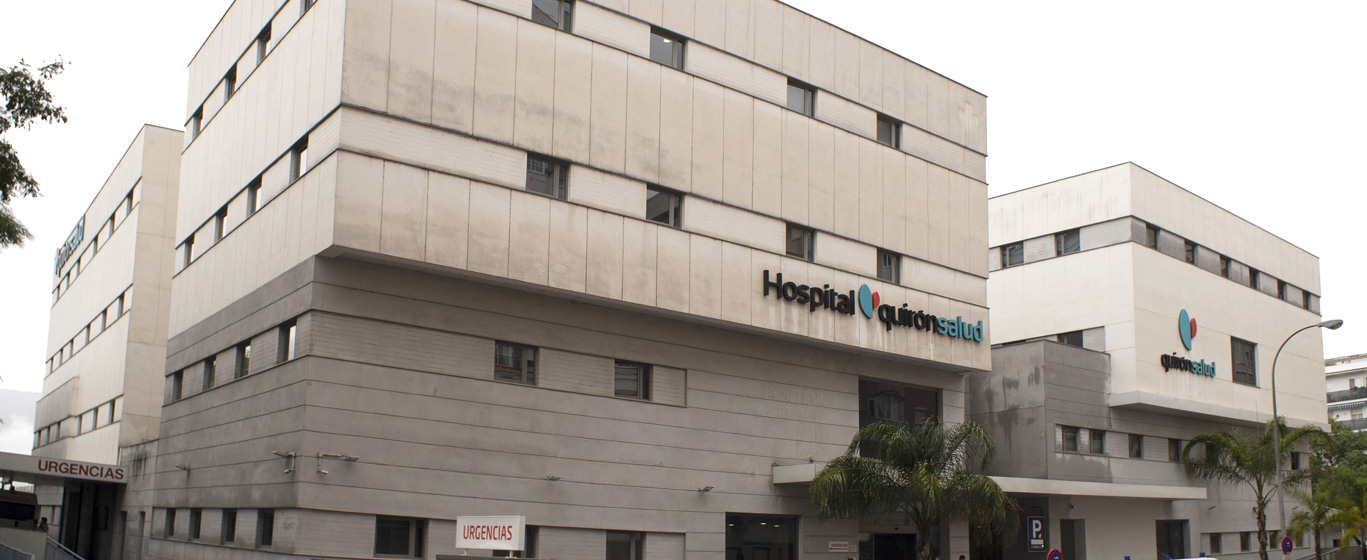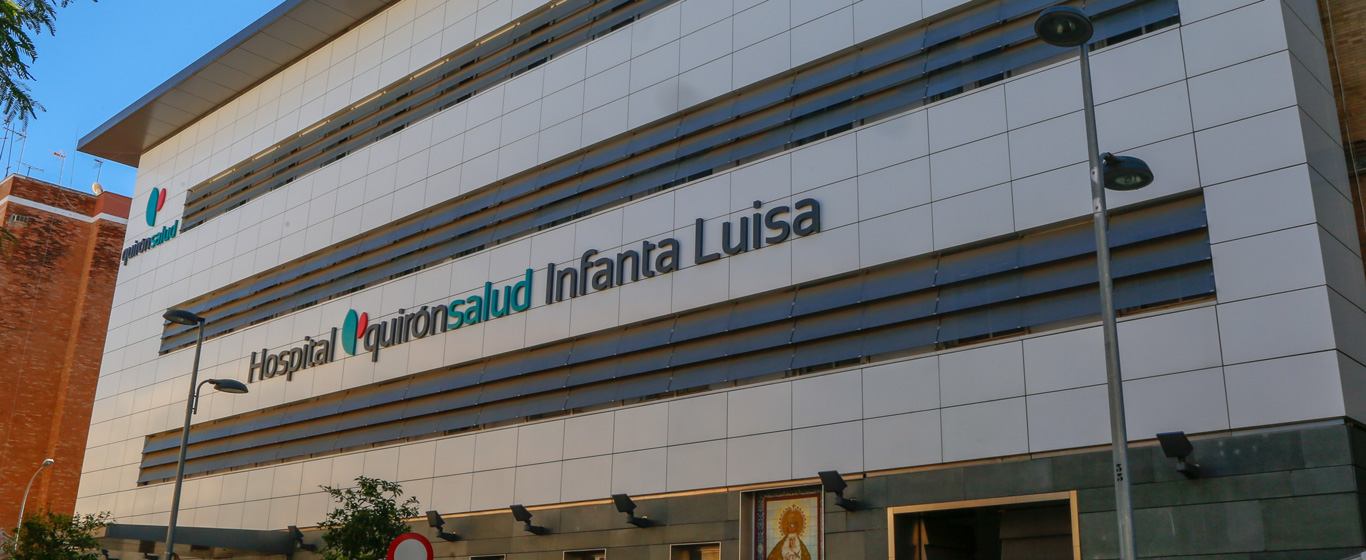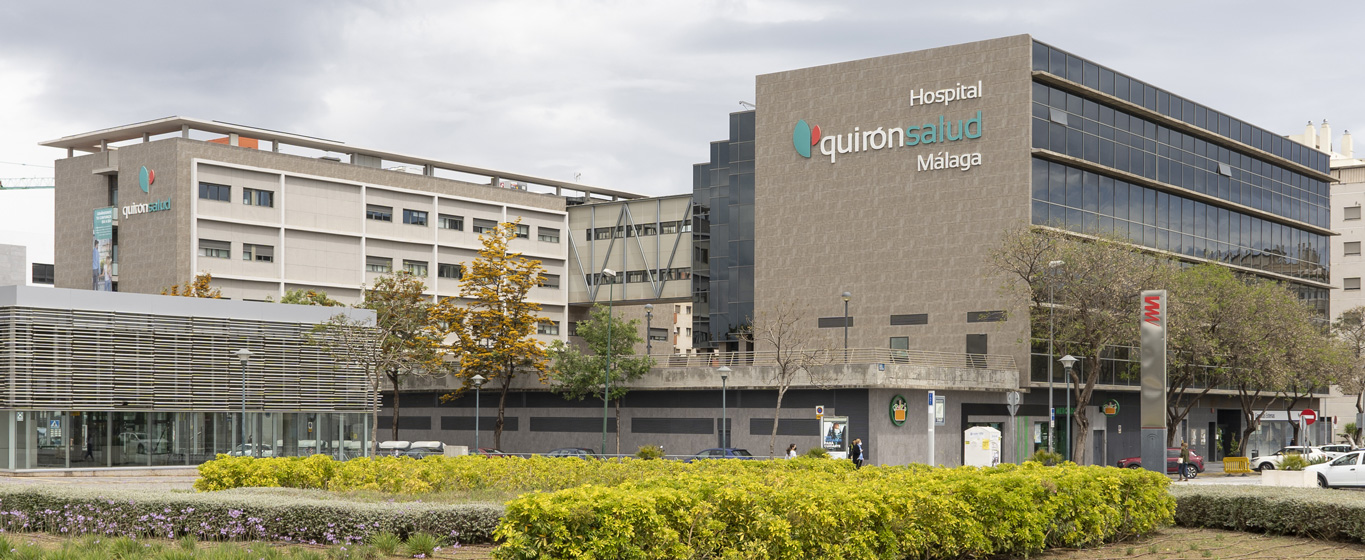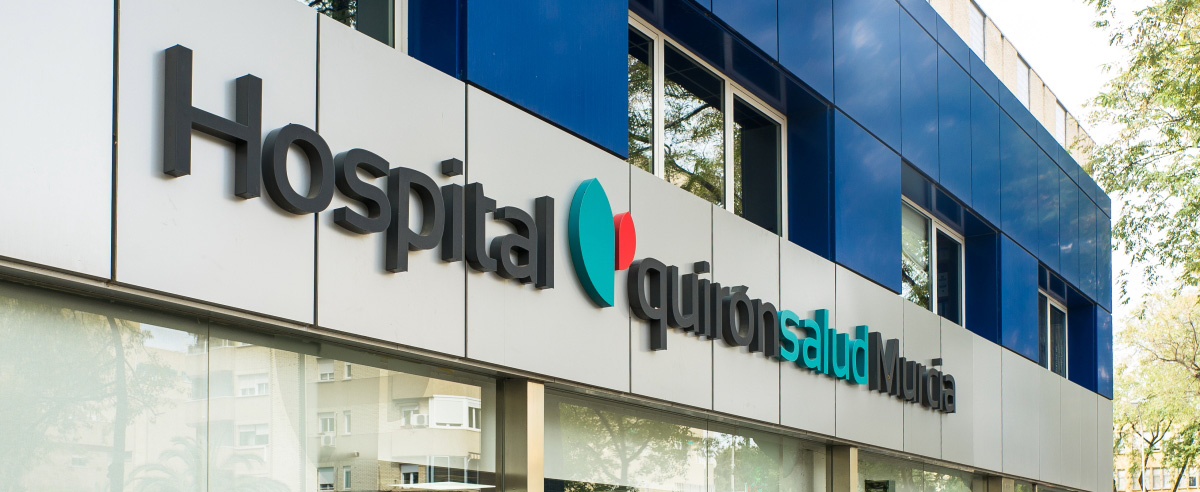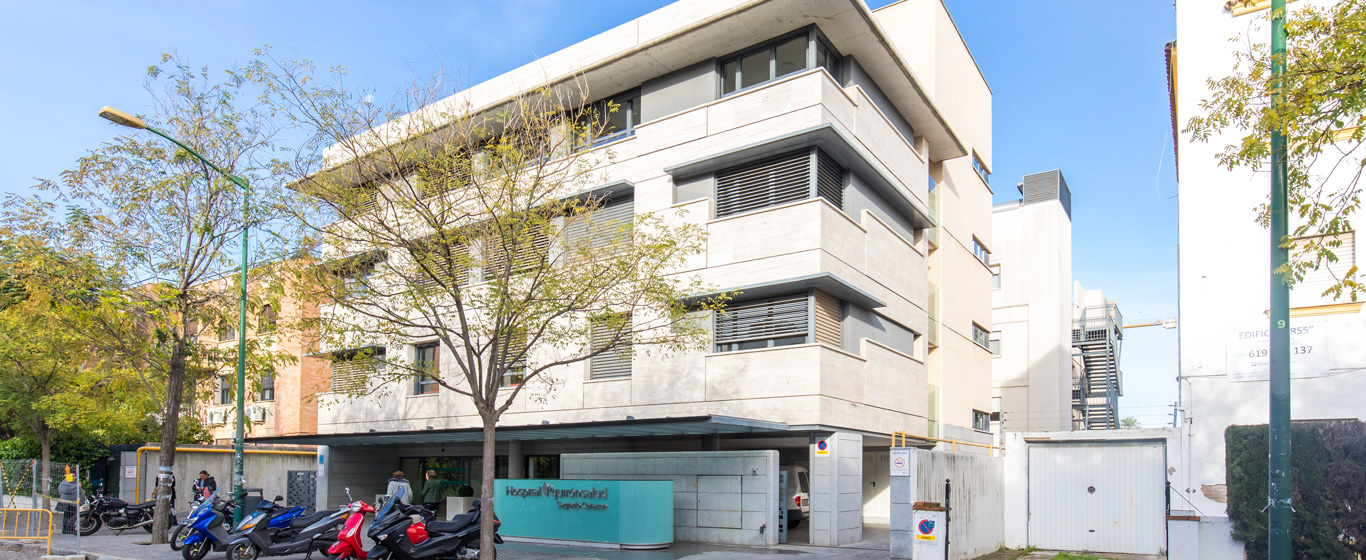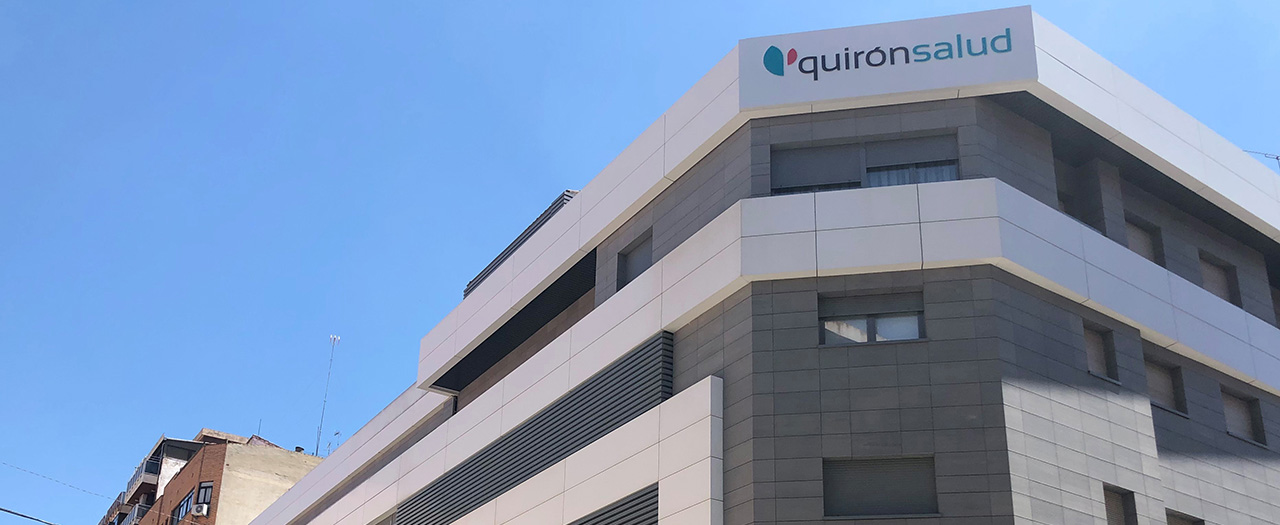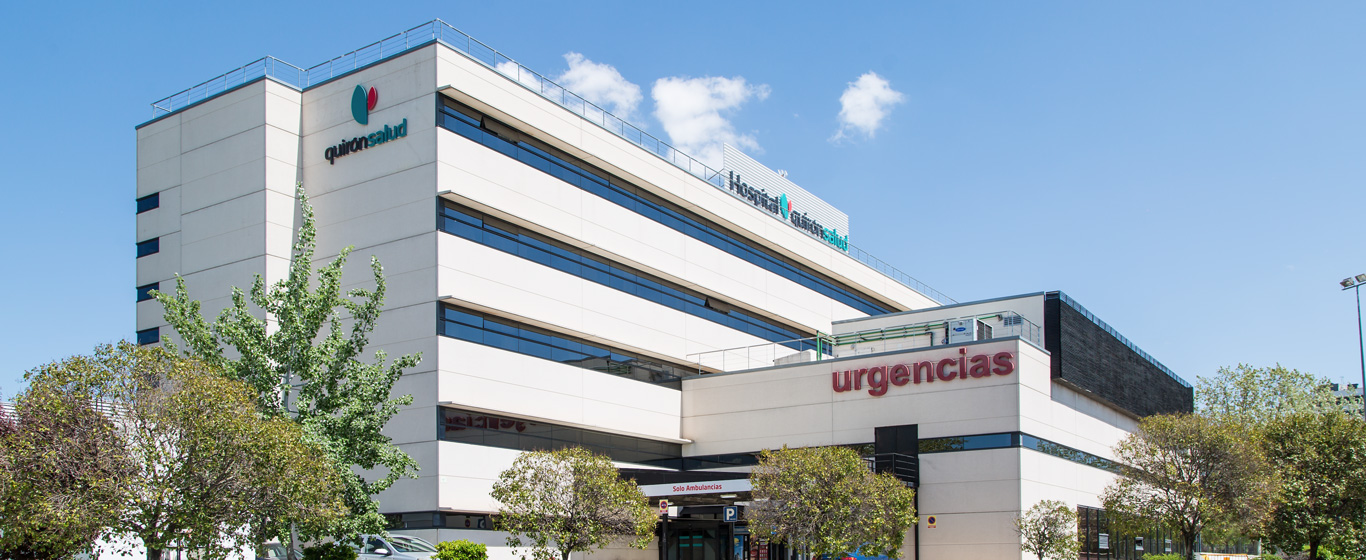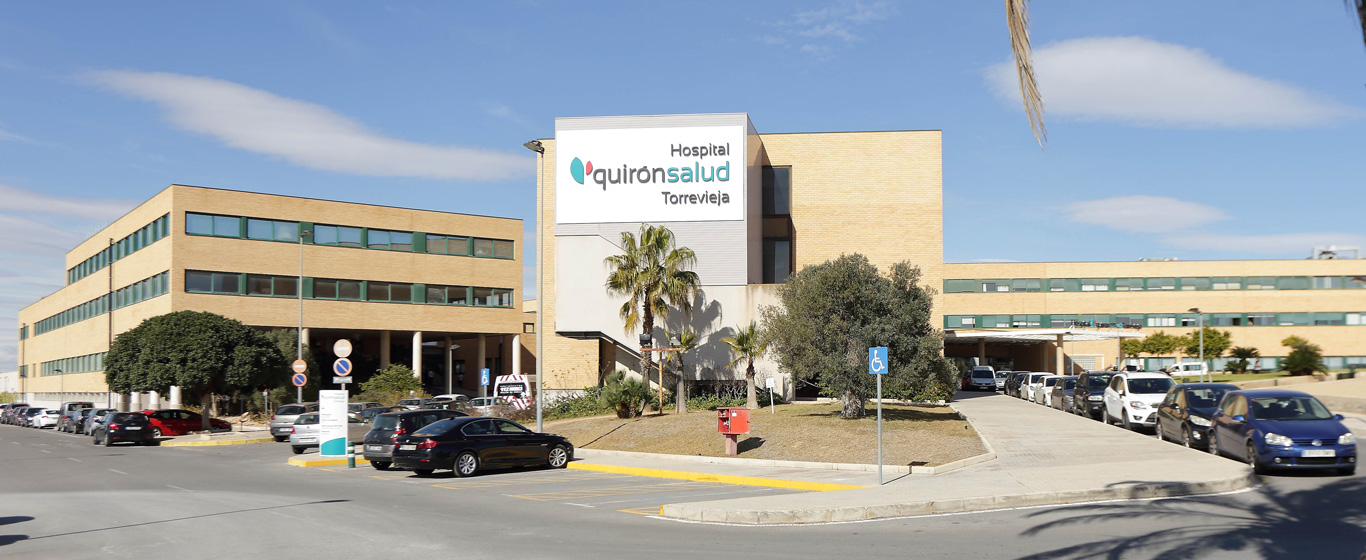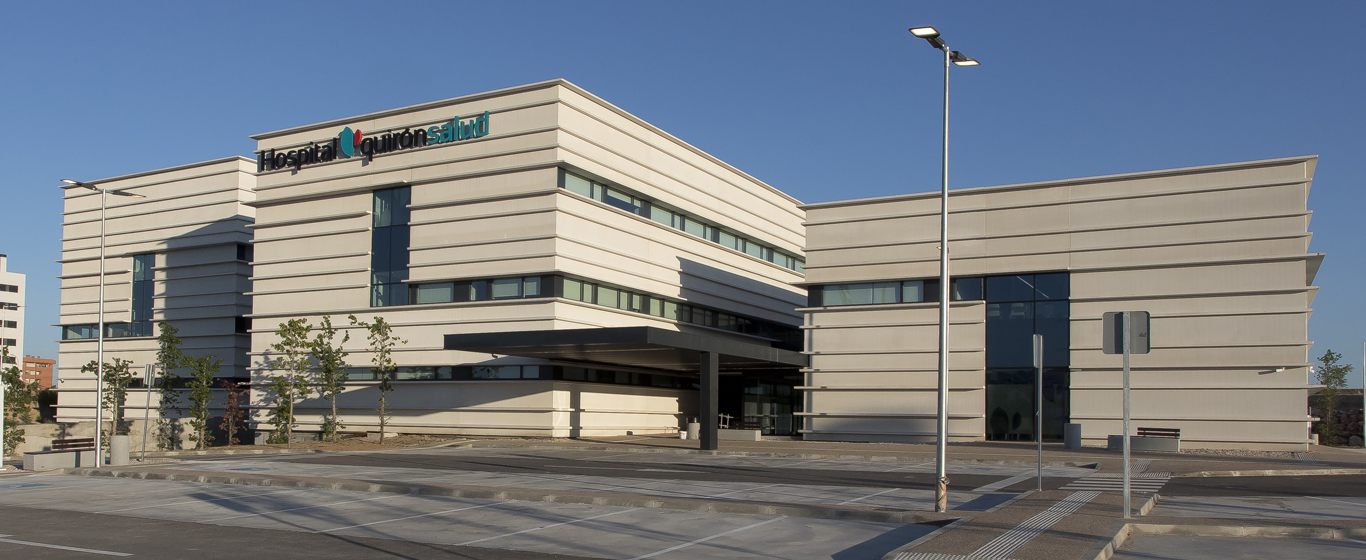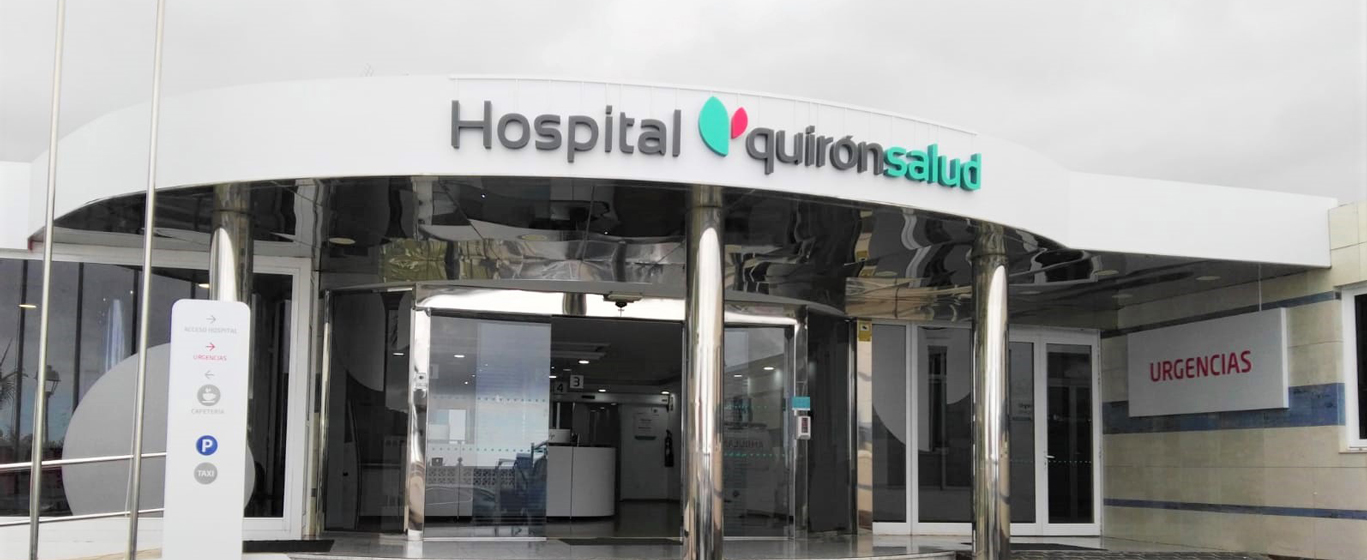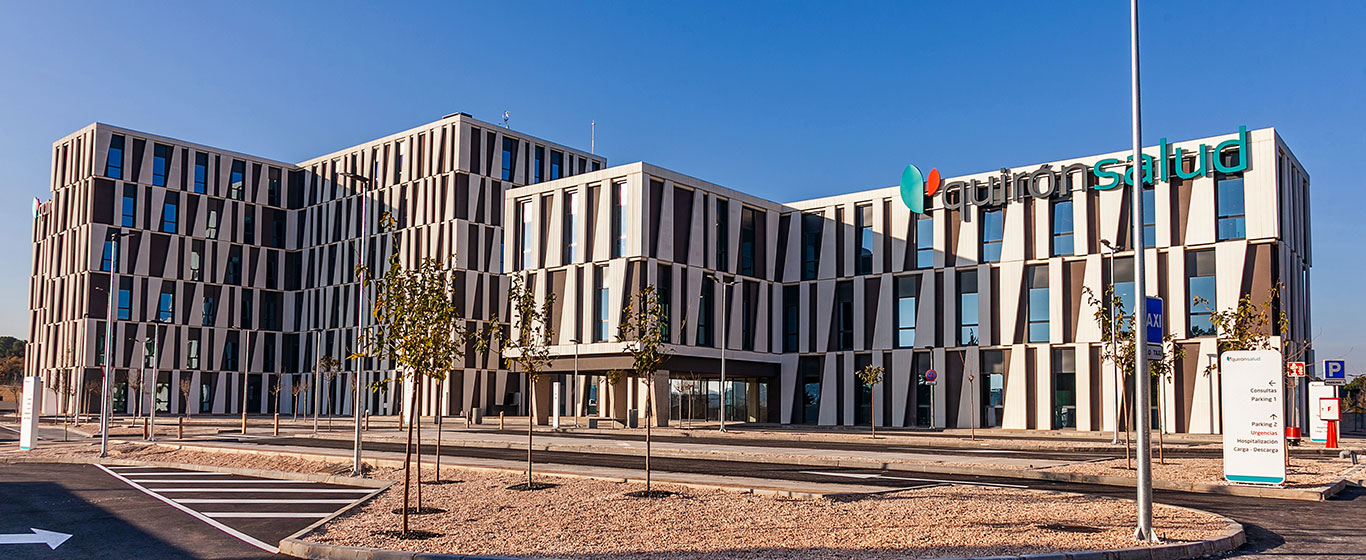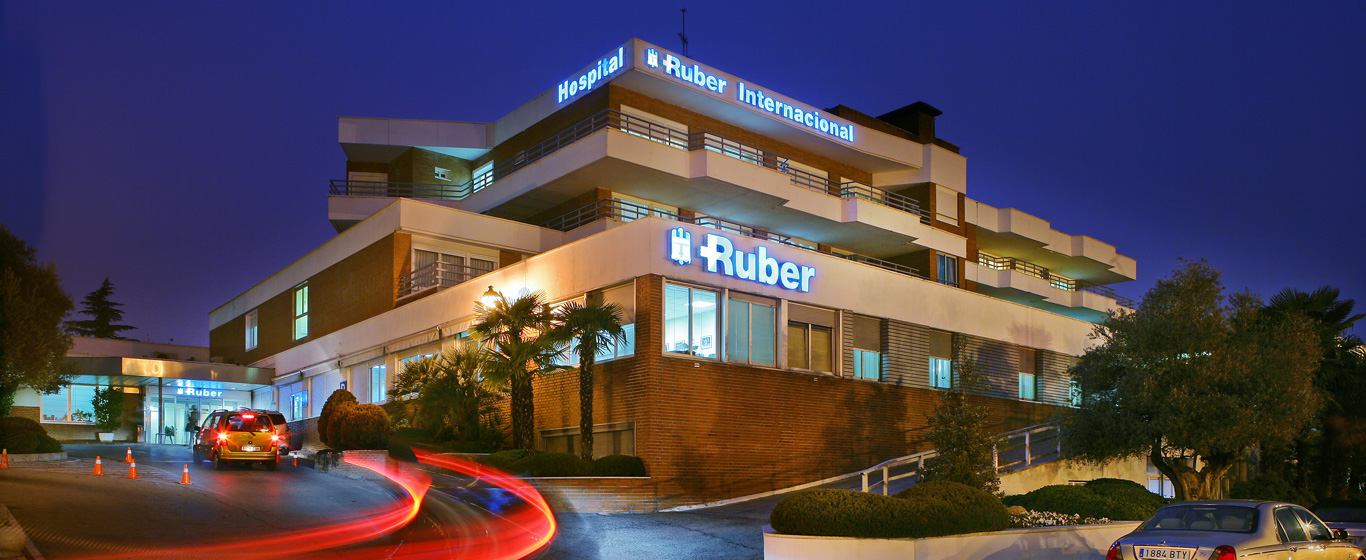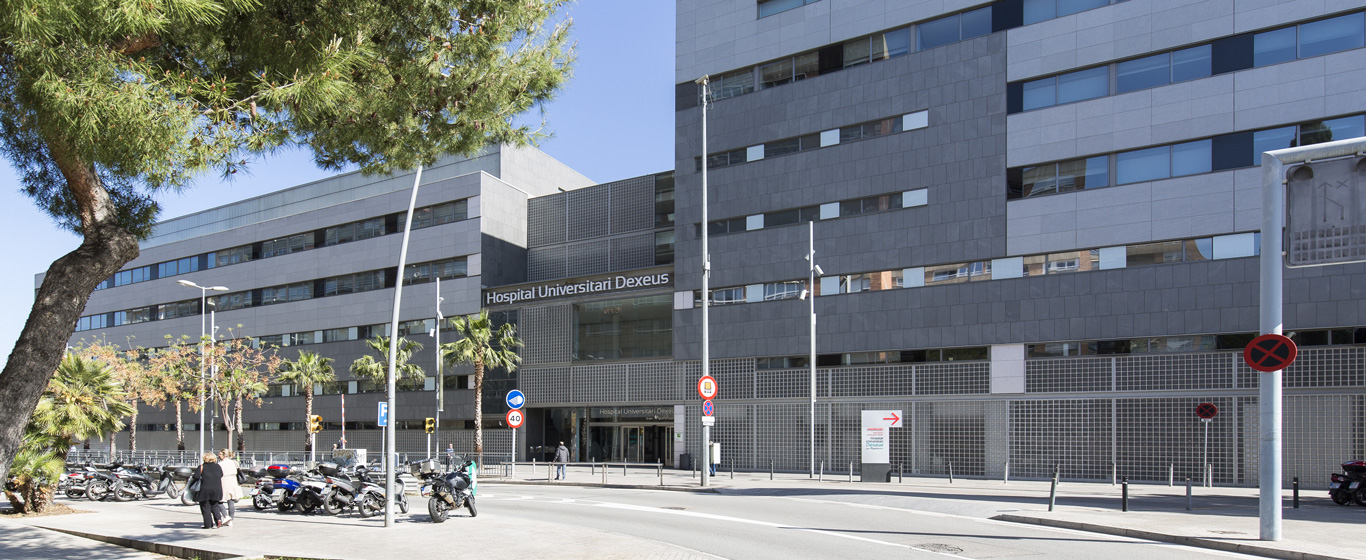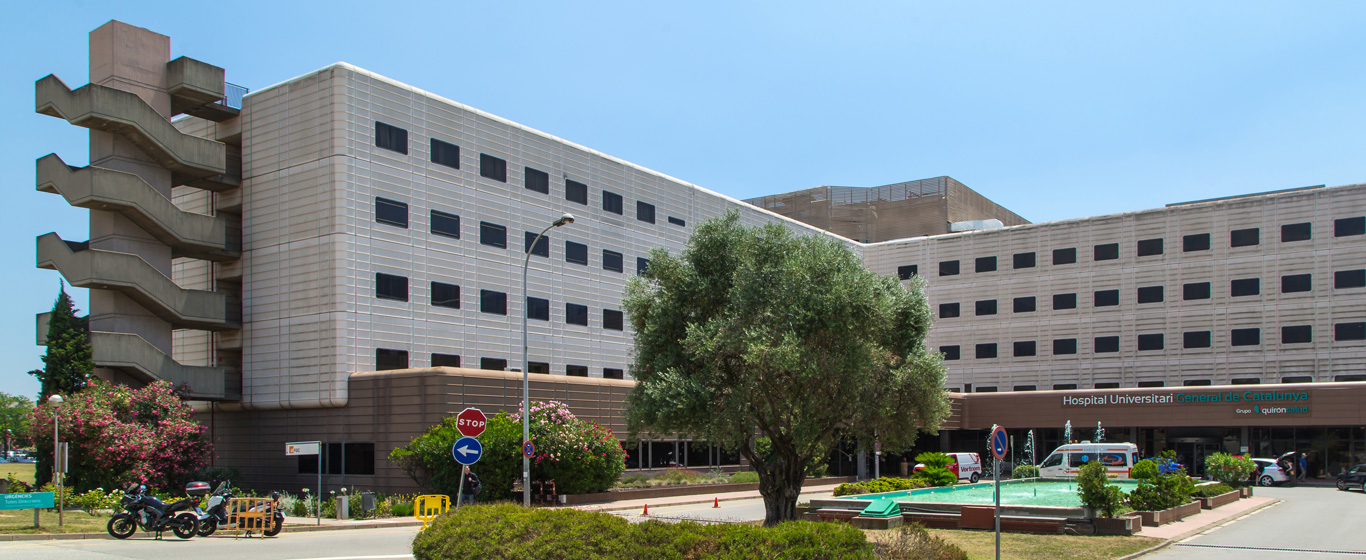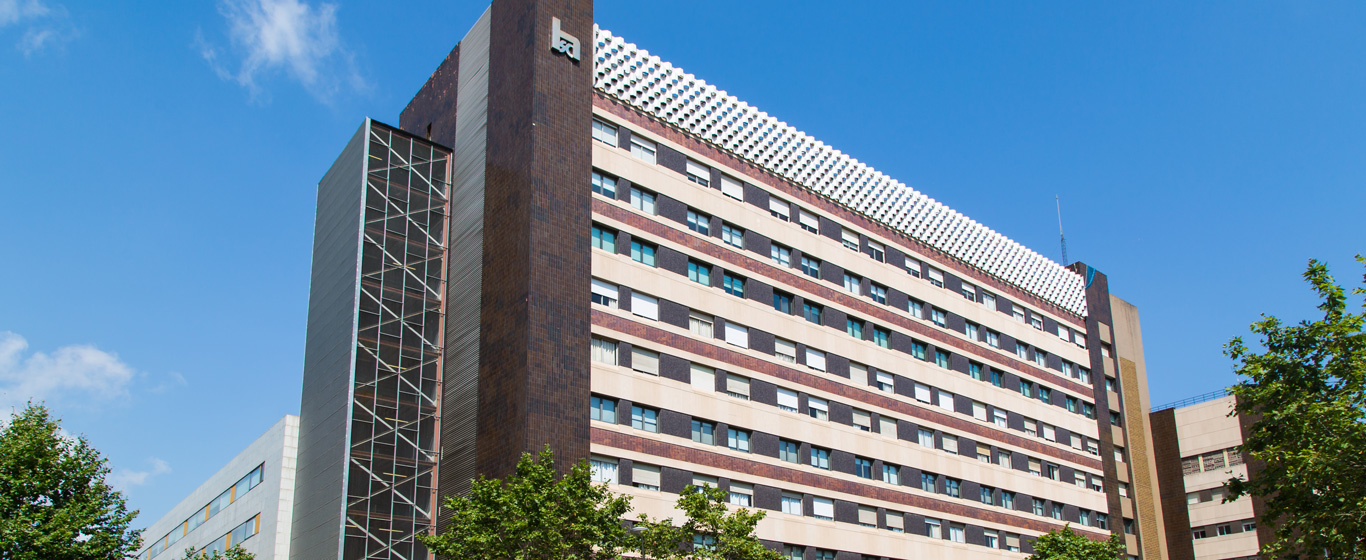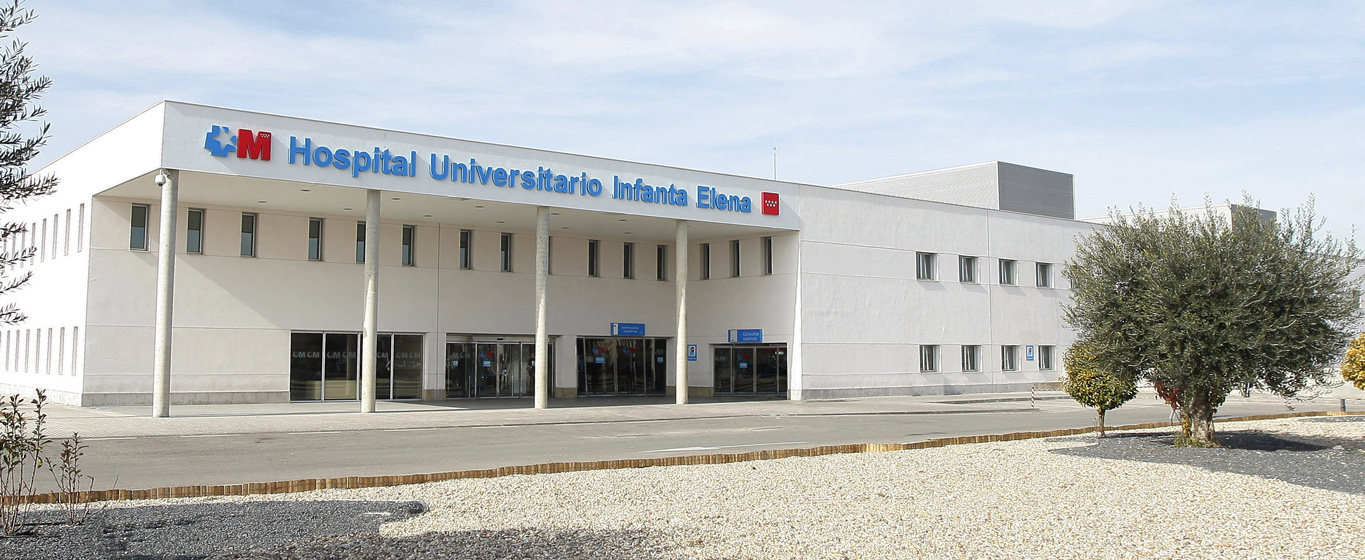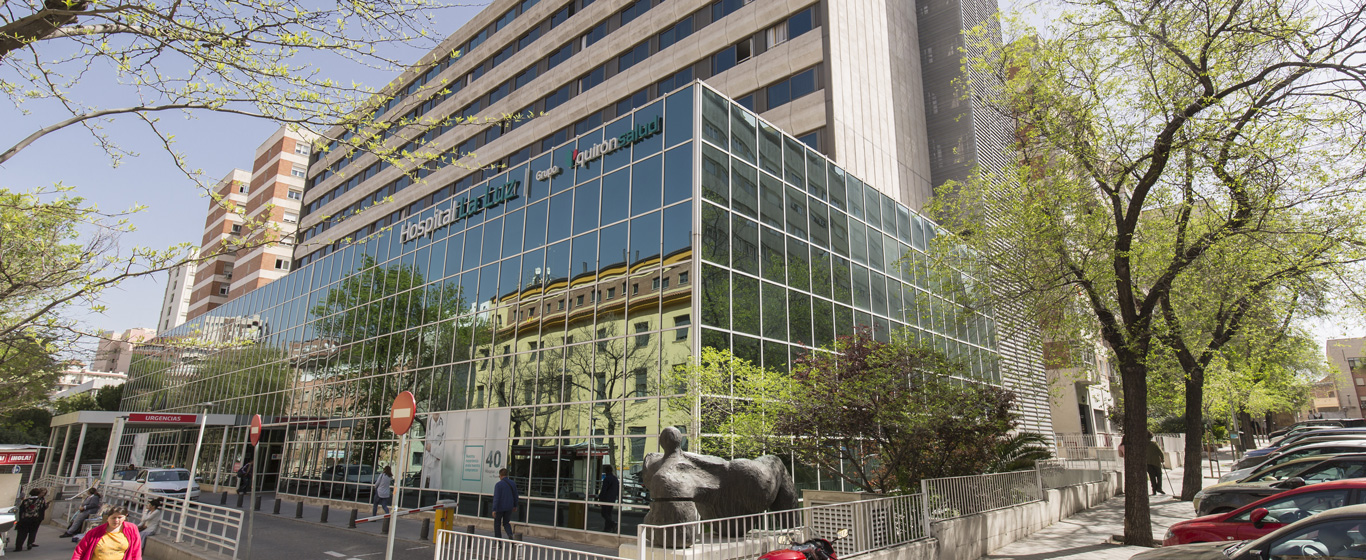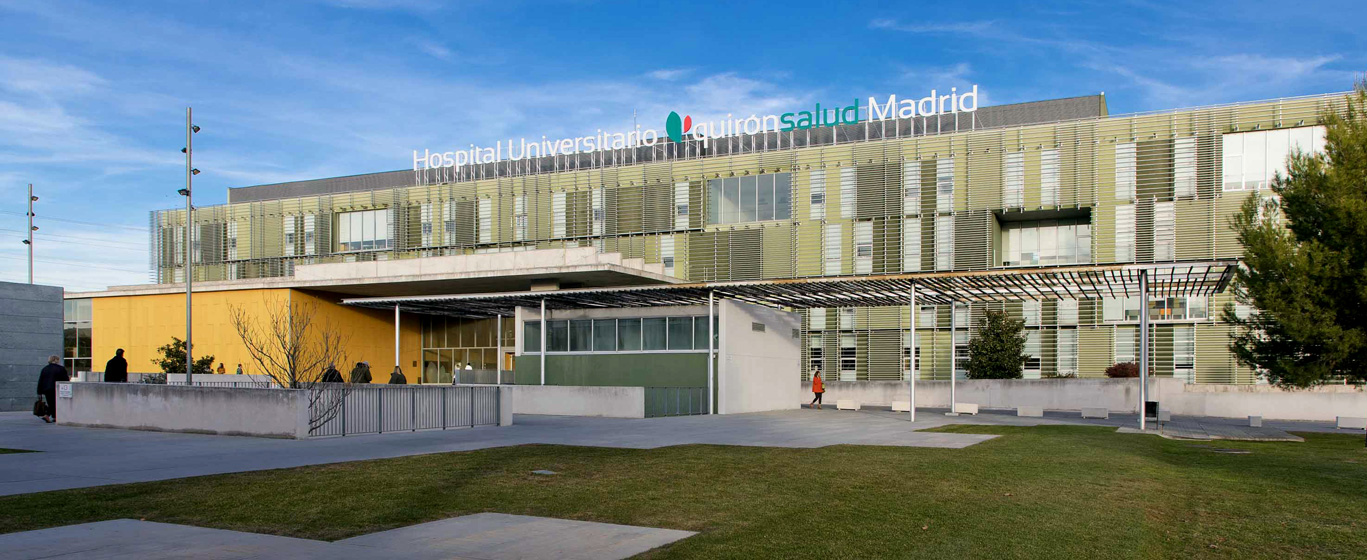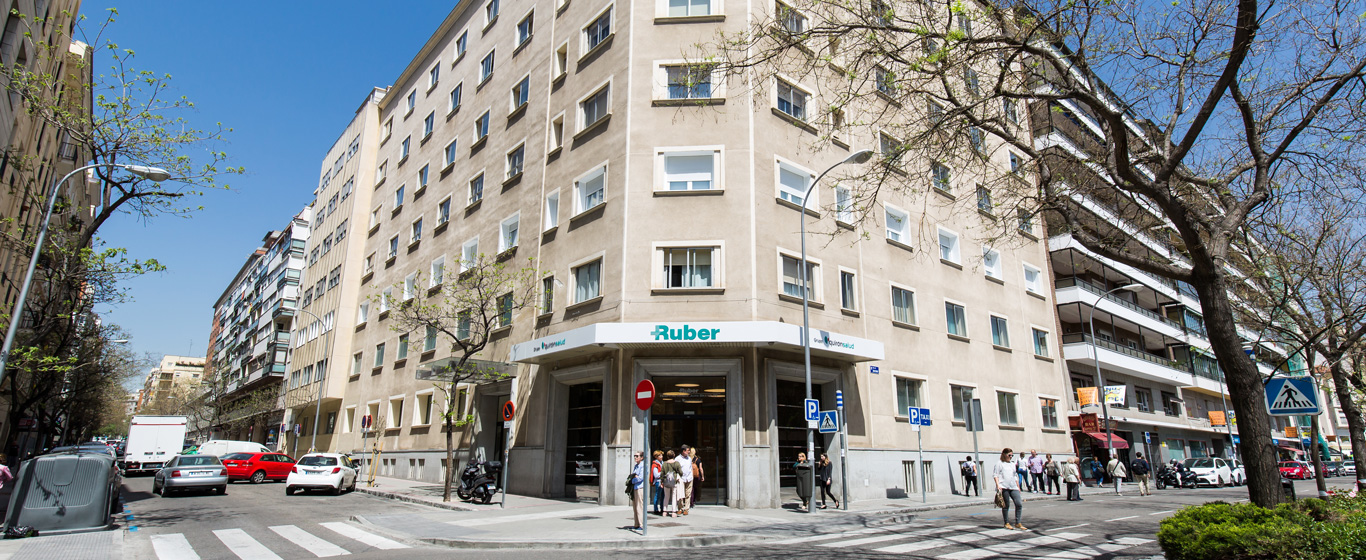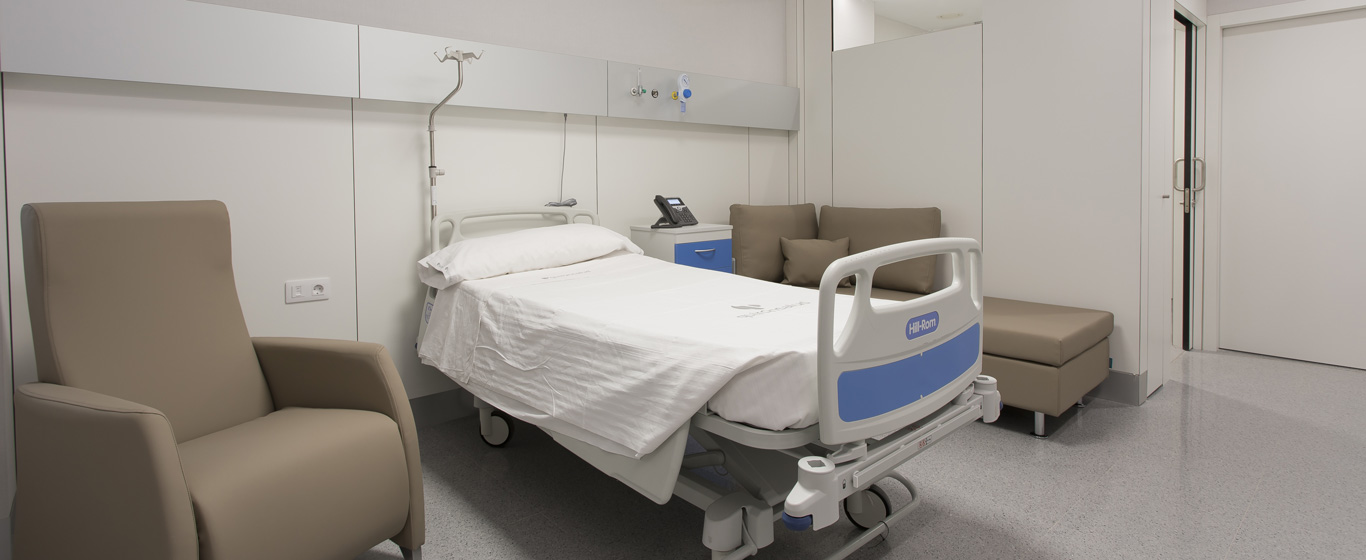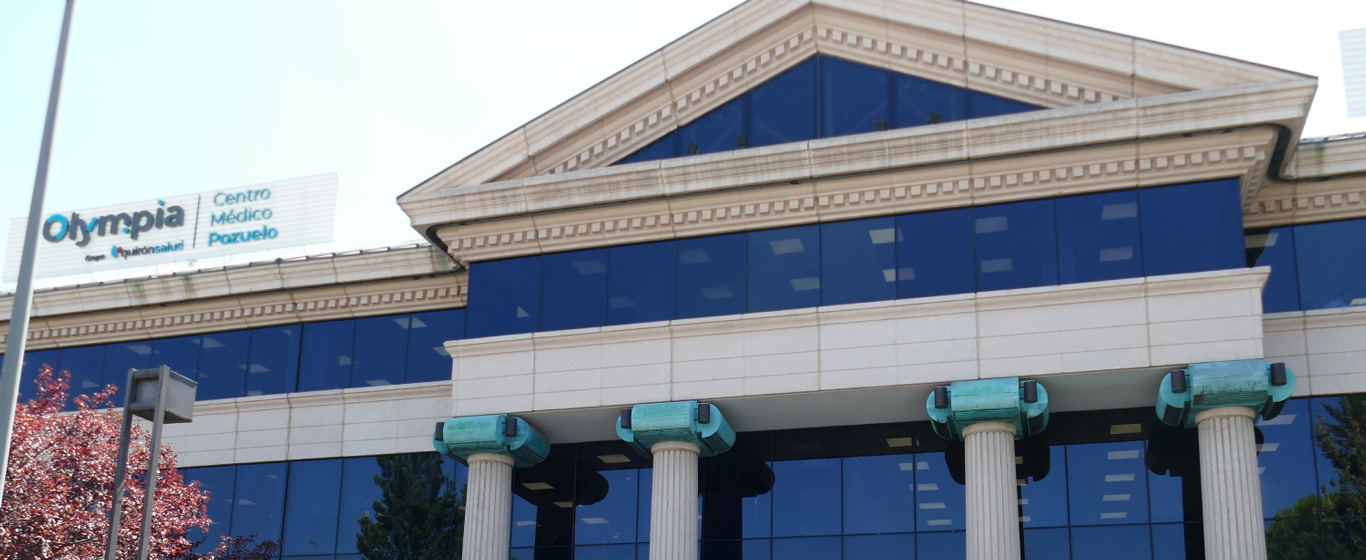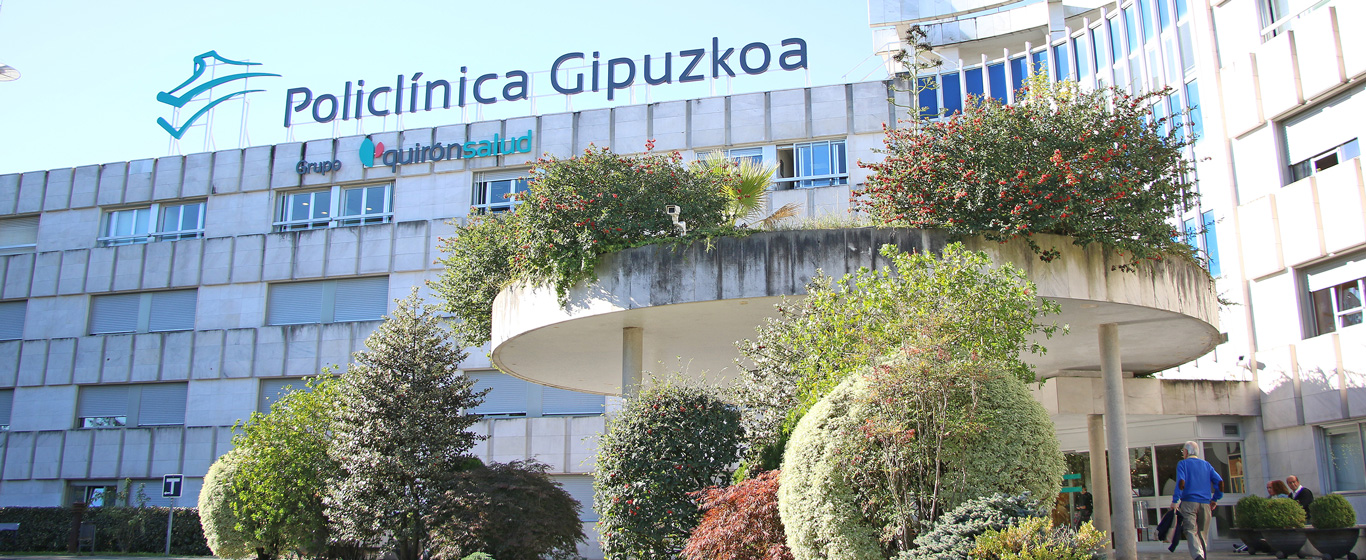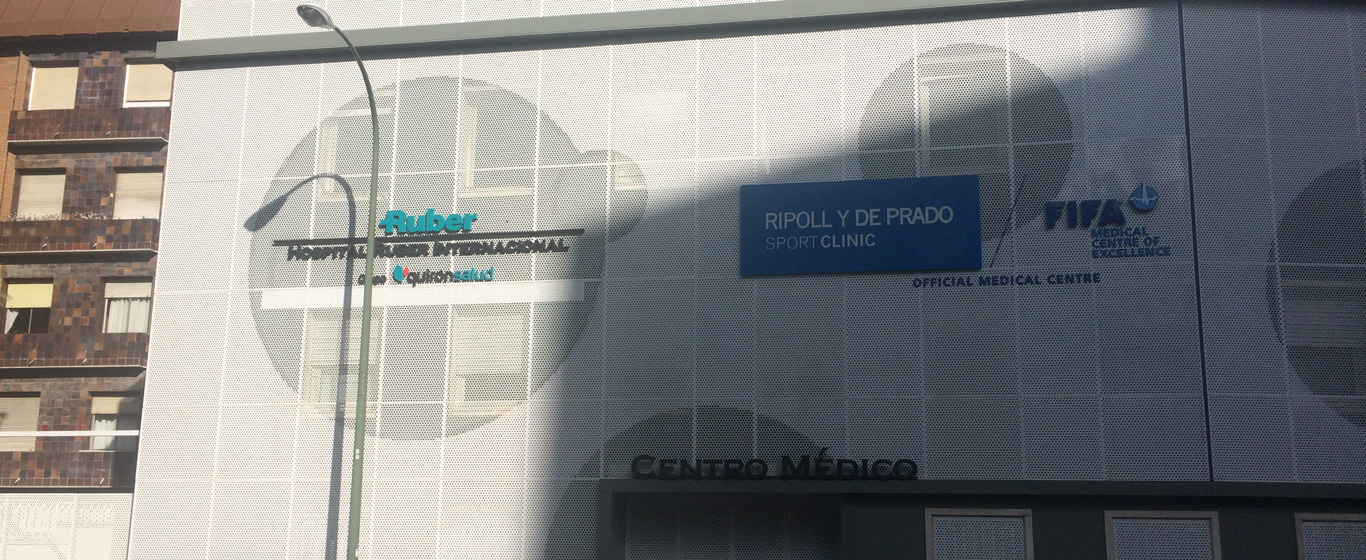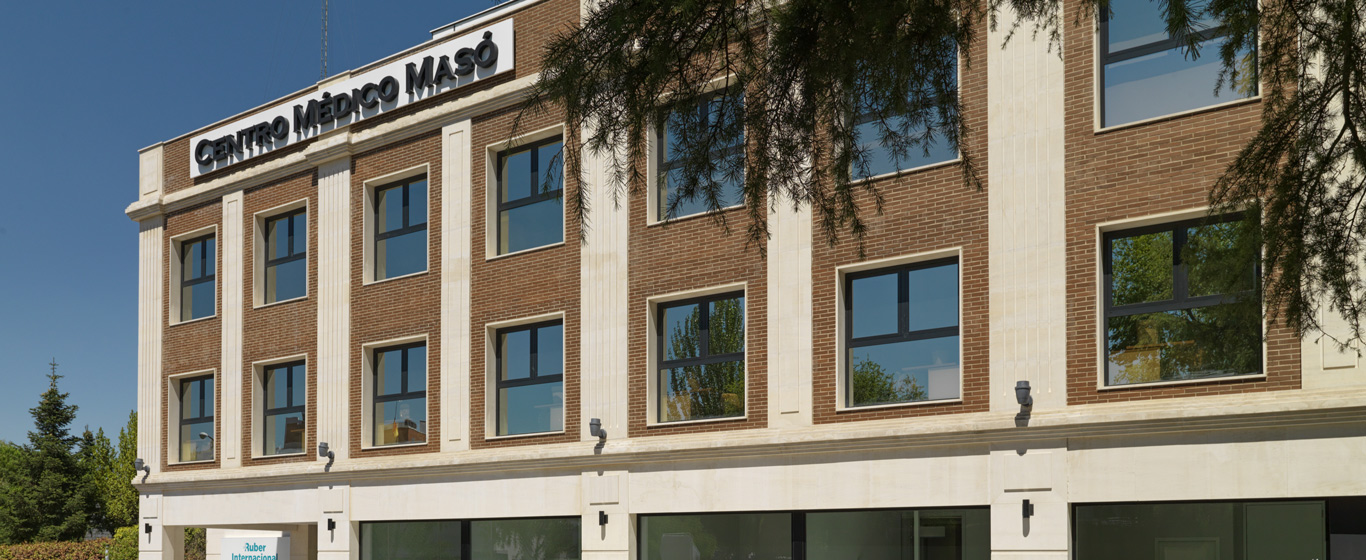Medical-surgical dermatology and venereology
We tell you everything you need to know about dermatology and venereology: what diseases it treats and their main symptoms, the most commonly used procedures and treatments and how to prepare for your consultation. Book your appointment with the dermatologist at one of our hospitals.
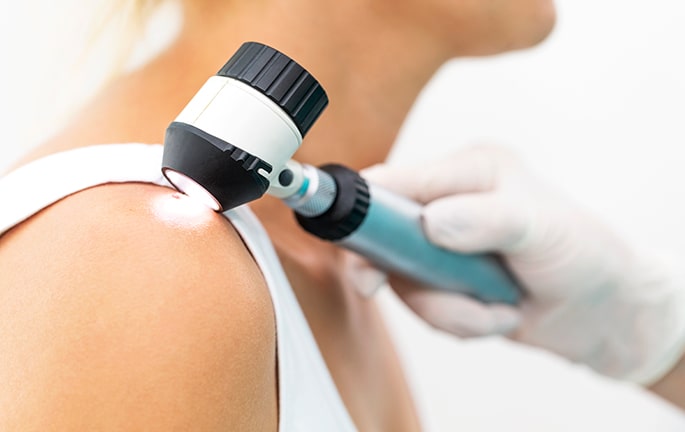
What is dermatology and venereology?
Dermatology is a branch of medicine that not only deals with skin diseases, but also treats ailments related to nails, mucous membranes or hair. In addition, this speciality has traditionally been linked to venereology, which is why it also deals with the treatment of venereal and sexually transmitted diseases.
Teledermatology
At Quirónsalud we offer a high-resolution teledermatology service that speeds up the diagnostic process for patients with skin lesions. Thanks to the images taken by our digital dermatoscopy equipment, our dermatologists can assess the lacerations without the patient being present and provide a medical report with the treatment to be followed, which will be available at MyQuirónsalud within 48 hours.
What does dermatology and venereology study?
The dermatology and venereology unit studies a wide range of pathologies, which is why our doctors are trained in different subspecialities such as:
- Clinical dermatology, which focuses on dermatitis, inflammations and reactions, moles or pathologies such as acne and rosacea.
- Oncology dermatology, essential in the early detection and treatment of skin cancer.
- Paediatric dermatology, which focuses on skin diseases affecting children and the special way in which they manifest themselves.
- Hyperhidrosis or excessive sweating, caused by pathological hyperactivity of the sweat glands.
- Psoriasis, which manifests itself in the form of alterations in different organs in addition to the skin.
- Aesthetic dermatology, which cares for the appearance and ageing of the skin.
- Trichology or hair dermatology, which deals with the study and treatment of diseases of the hair and scalp.
- Nail dermatology, focusing on nail pathologies such as fungal infections, tumours or ingrown nails.
- Dermatology surgery, responsible for the treatment and removal of benign and malignant skin lesions and subsequent skin reconstruction.
- Dermatology specialising in genitalia, which studies conditions and abnormalities of the genital area.
Which patients is it for?
As mentioned above, the speciality of dermatology and venereology deals with diseases affecting the skin and its adnexa as well as the genitalia. Therefore, the dermatologist treats patients with skin, mucous membrane or nail disorders, hair disorders or venereal diseases.
Techniques, procedures and diagnostic methods
Quirónsalud specialists use the most advanced techniques together with state-of-the-art equipment to diagnose and treat venereal and dermatological pathologies. Some of the most prominent procedures include the following:
- Biopsy: examines a small sample of skin tissue to diagnose lesions, disease, infection or cancer.
- Cryotherapy: uses intense cold, usually liquid nitrogen, to destroy cancer cells or abnormalities such as warts, molluscs, granulomas or hypertrophic scars.
- Digital dermatoscopy: takes high-resolution images of skin lesions and archives them to help the dermatologist assess their evolution over time.
- Phototherapy: uses the anti-inflammatory action of ultraviolet radiation to treat neoplastic or inflammatory diseases such as psoriasis, vitiligo or atopic dermatitis.
- Iontophoresis: especially indicated for the treatment of hyperhidrosis, it consists of applying a gentle electric current through the skin.
- Photodynamic therapy: uses drugs that are activated by exposure to light to treat skin carcinomas.
- Mohs surgery: one of the most advanced procedures for treating aggressive skin cancer that allows a large portion of healthy skin to be maintained.
- miraDry® Treatment: applies heat to the sweat glands to eliminate them and non-invasively reduce sweating by 85%.
- Hair transplant: implants the patient’s own hair follicles in the desired areas.
- STD tests: detect the presence of sexually transmitted pathogens by means of a urine test.
Diseases and symptoms
Main pathologies and diseases
The most common skin and venereal diseases include:
- Scabies
- Psoriasis
- Lupus
- Ringworm
- Herpes simplex labialis
- Impetigo
- Vitiligo
- Urticaria
- Melanoma and other types of skin cancer
- Dermatitis
- Chlamydia
- Syphilis
Related symptoms
Some symptoms often associated with venereal and skin diseases are:
About the dermatology and venereology consultation
We solve any doubts you may have before you see the specialist
The first appointment with a dermatologist-venereologist consists of an interview to establish the patient’s history and background, followed by a physical examination if appropriate. If the doctor deems it necessary, additional tests may be requested to provide a complete diagnosis. At subsequent appointments, the physician will focus on the evolution of the pathology or the assessment of new symptoms.
The teledermatology service involves a single visit to the doctor’s office for a specialist to obtain the necessary images with the help of a digital dermatoscope. Within a maximum of 48 hours, the patient will have access to a detailed report from the comfort of their own home.
What should you keep in mind?
We recommend you visit a dermatologist once a year so that they can check the condition of your skin. In addition, you should visit one immediately if you notice abnormal reactions, if there are changes in the size, colour or shape of moles, if you experience spots, itching or pain, or if you have engaged in unprotected sex.
To facilitate the consultation, we advise you come with clean skin, without any traces of creams or make-up, and wearing clothes that allow the dermatologist easy access to the affected area.
What should I take to the appointment?
You should bring to the appointment a list of all symptoms and previous treatments, reports of any tests that have been carried out and photographs of the lesions in case, at the time of your consultation, they are not clearly visible. In this way, the dermatologist will be able to make a more accurate diagnosis.
You may receive a questionnaire a few days before your appointment asking about your medical history, usual medication and other specific questions that will allow us to anticipate certain aspects of your consultation, which will help us expedite your treatment and offer you a more personalised care. To do this, we recommend that you download the free Quirónsalud Patient Portal application, which will facilitate communication with your healthcare team.

If you have any further questions, please contact us through the Patient Services telephone number: 900 301 013













